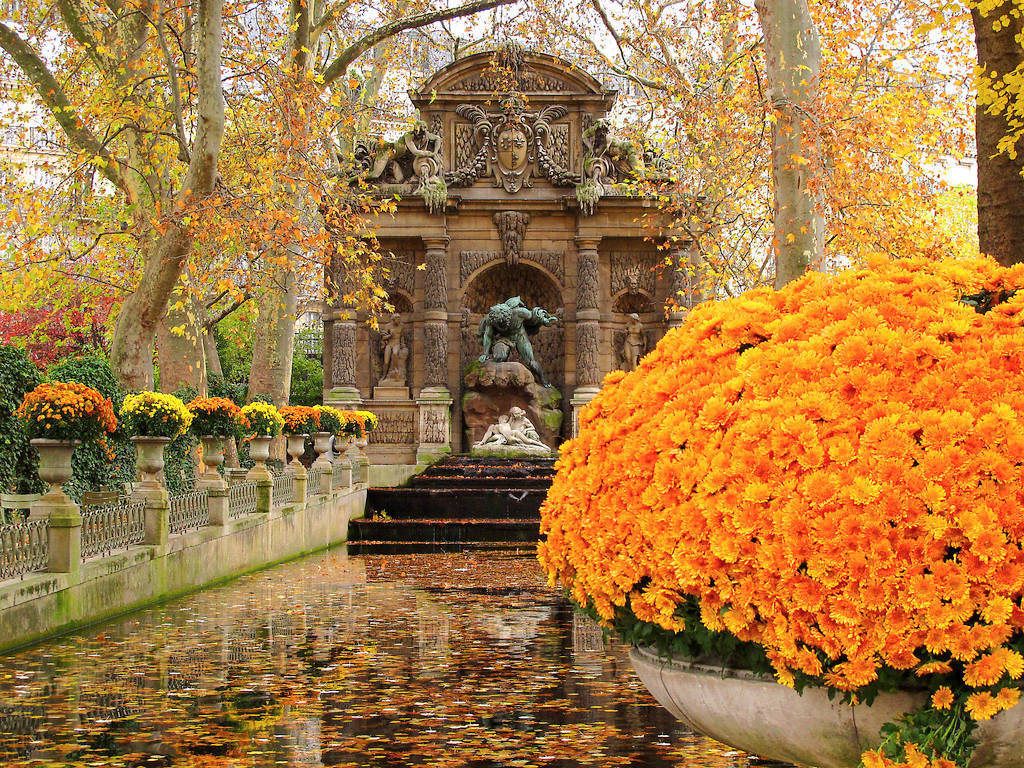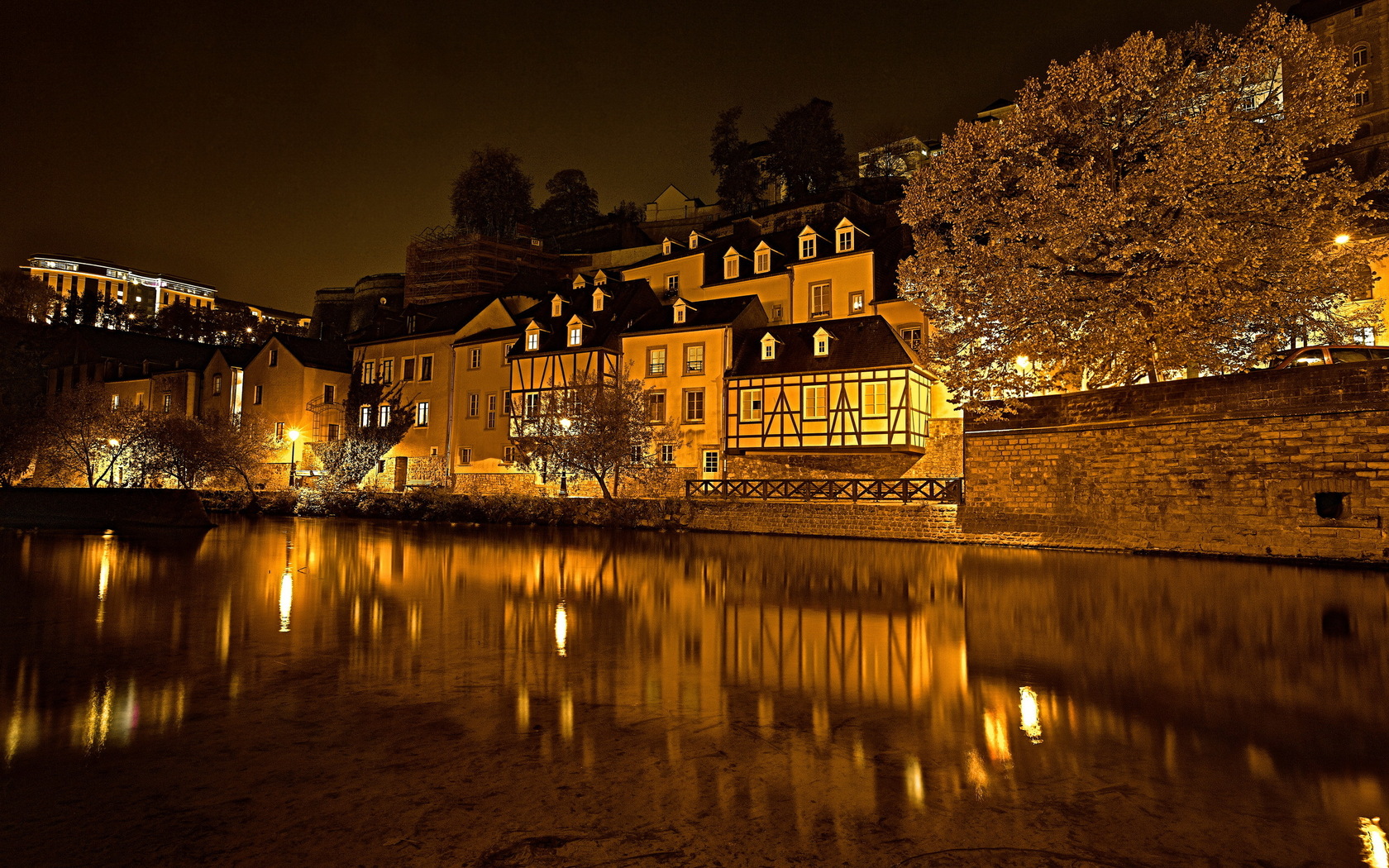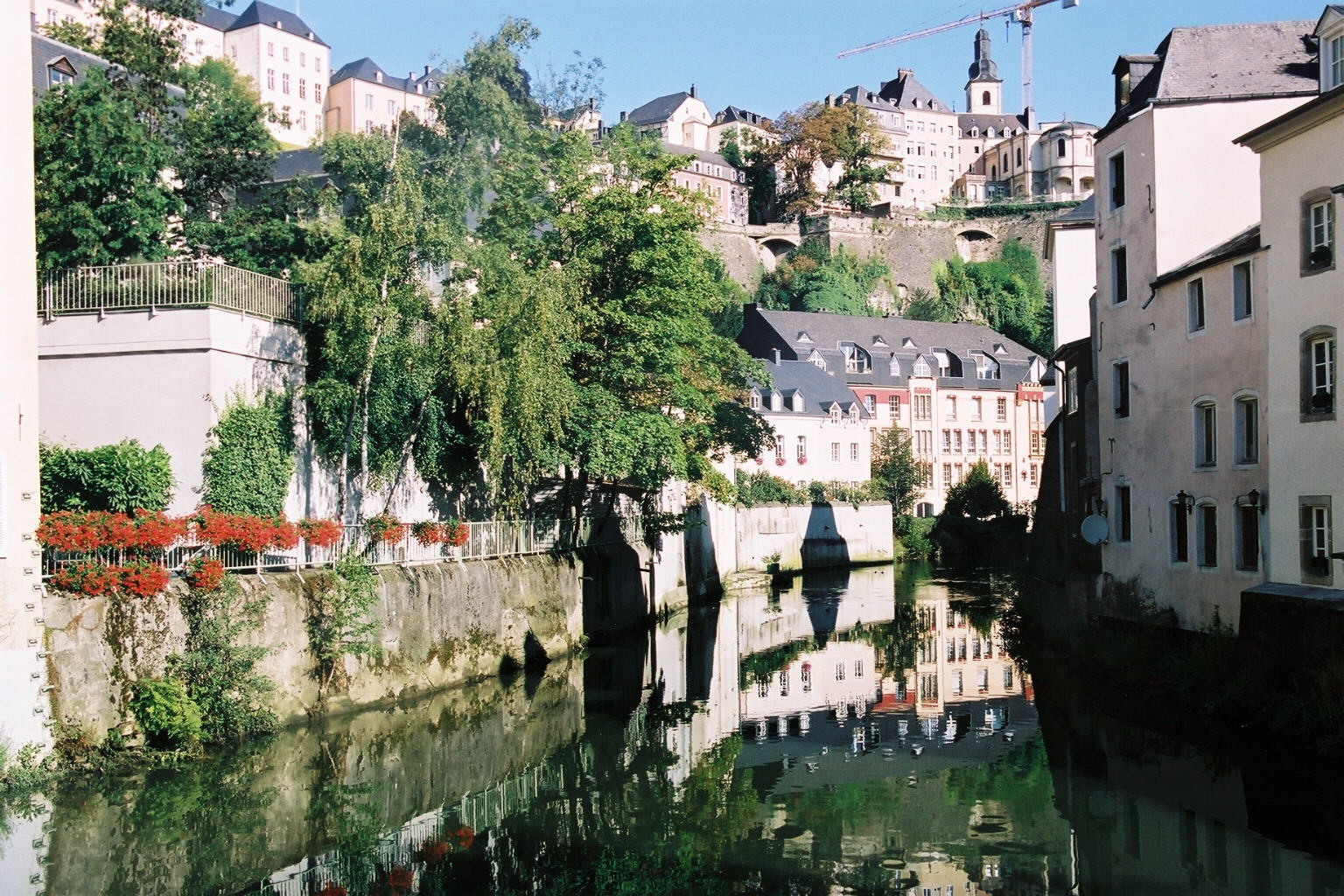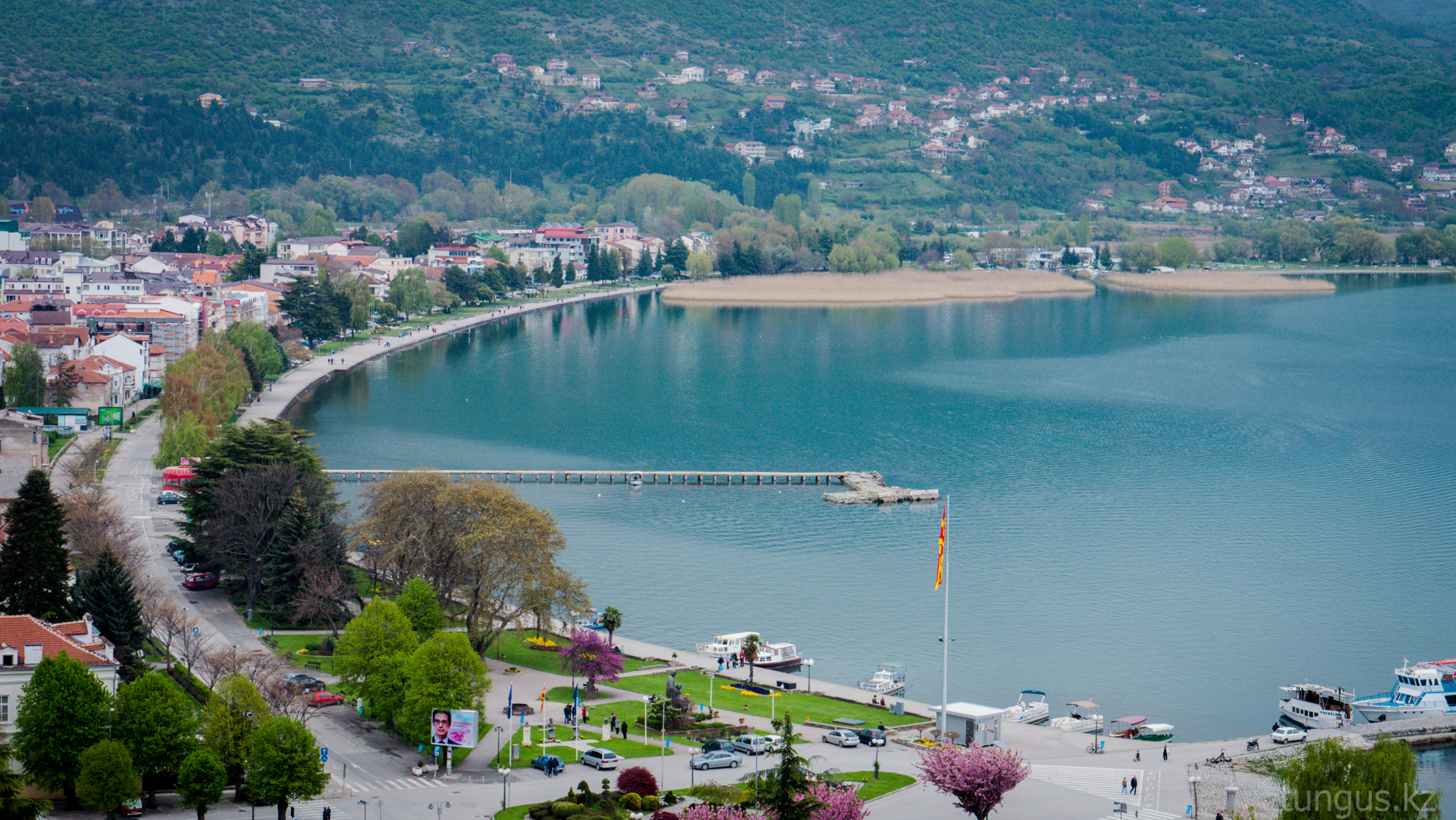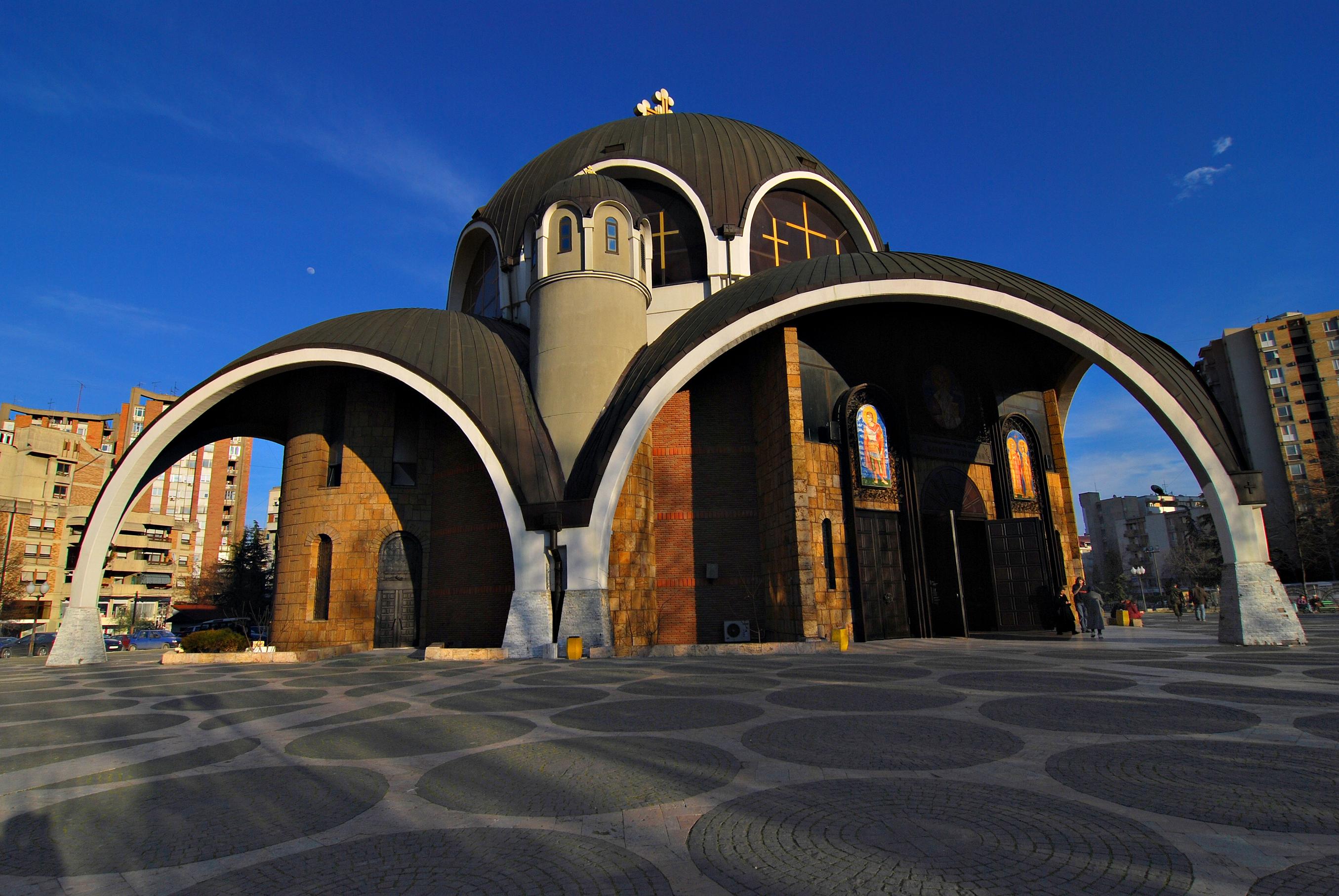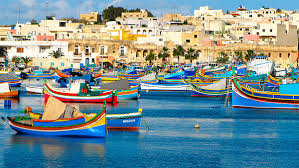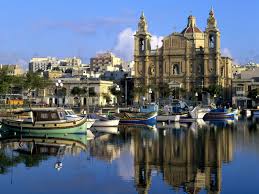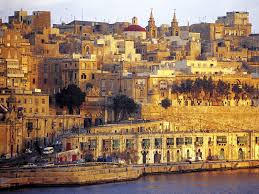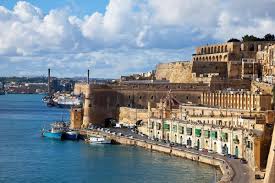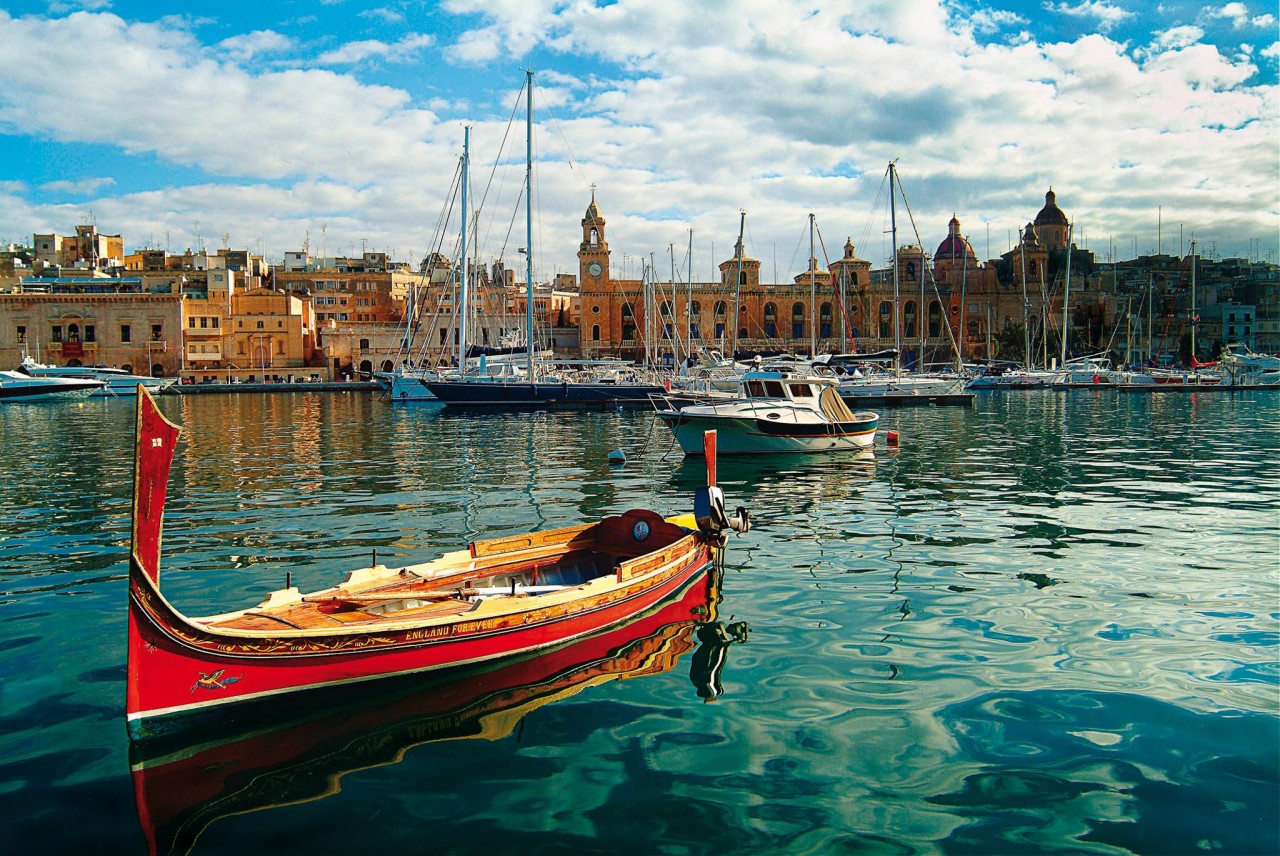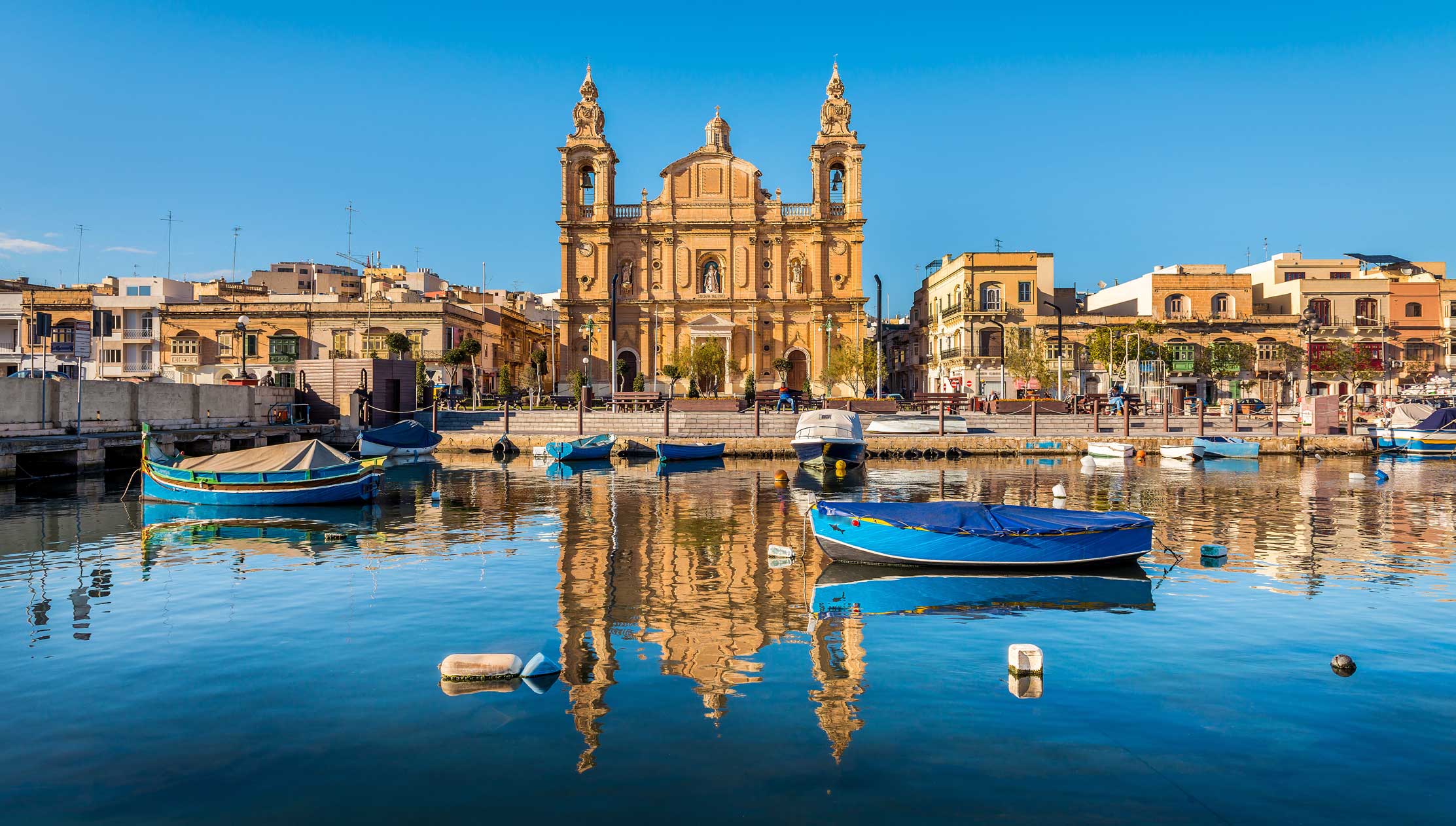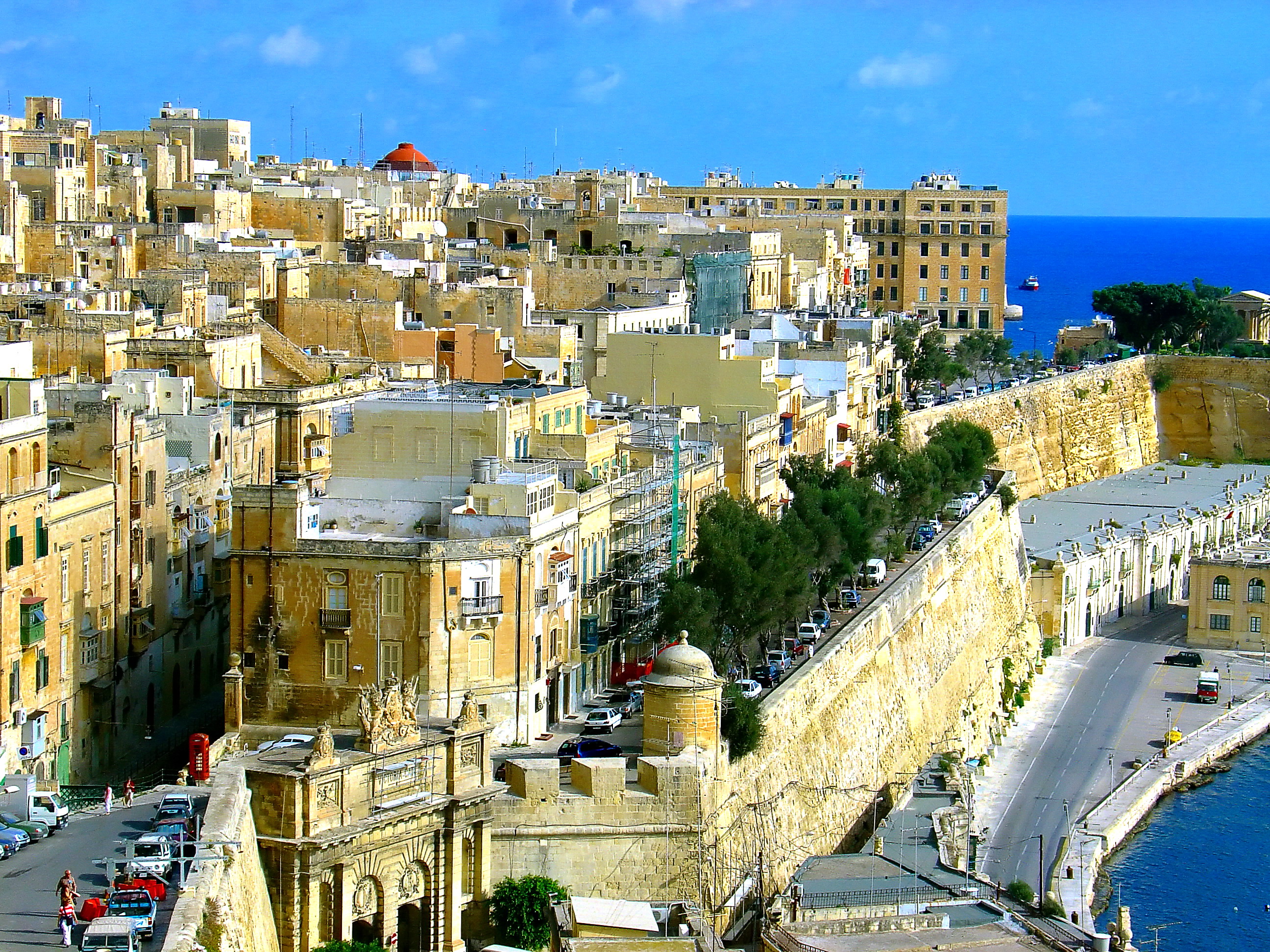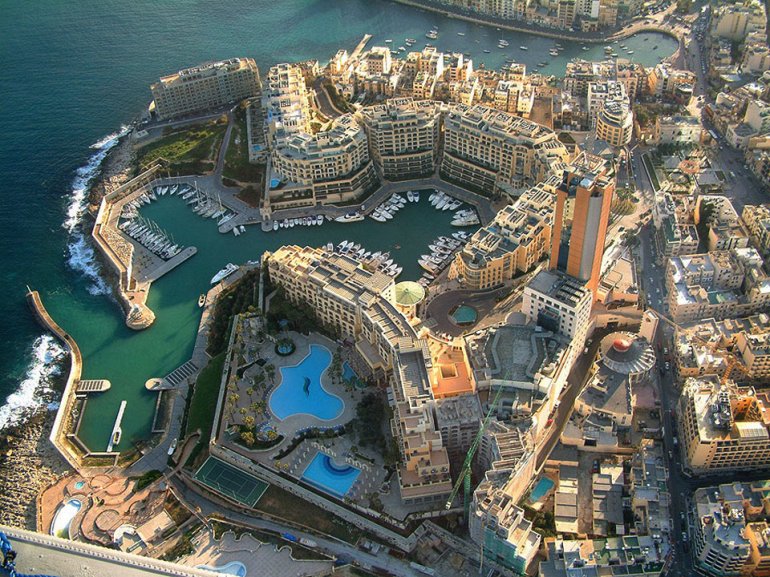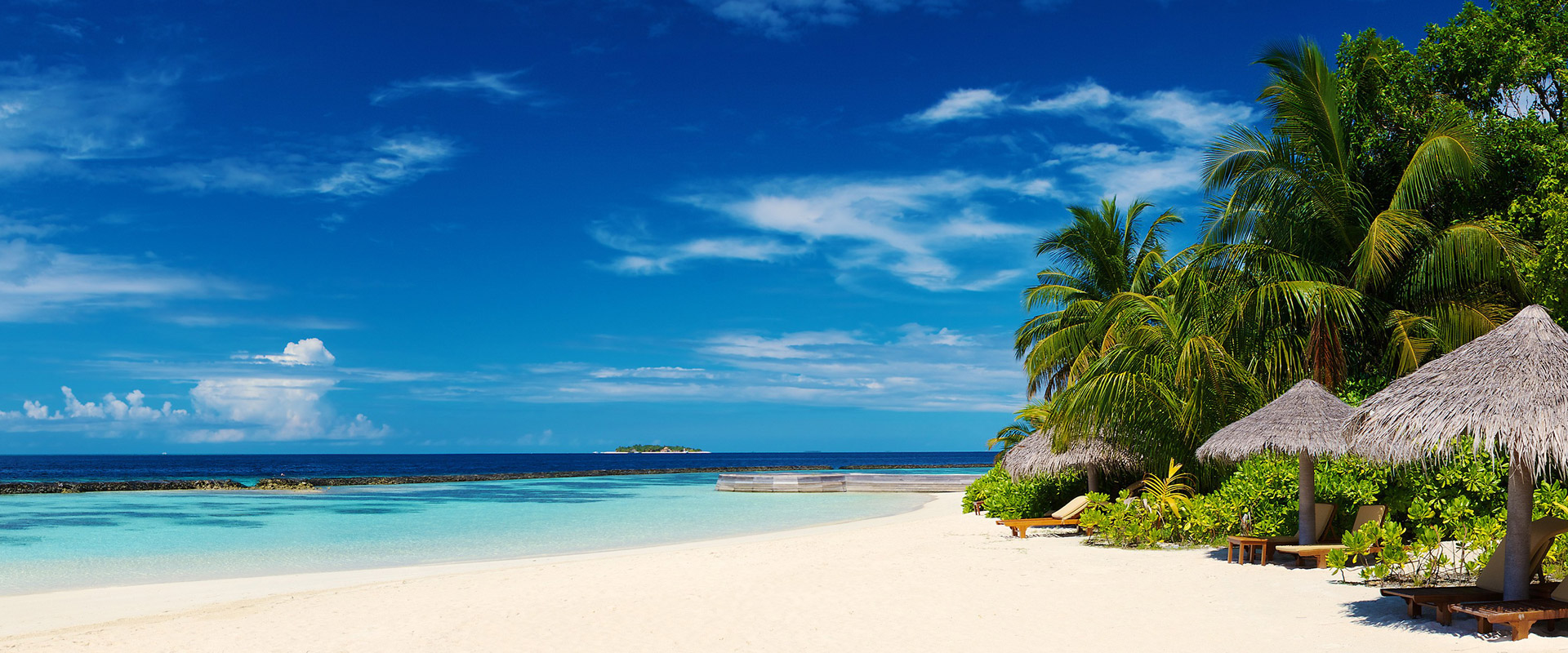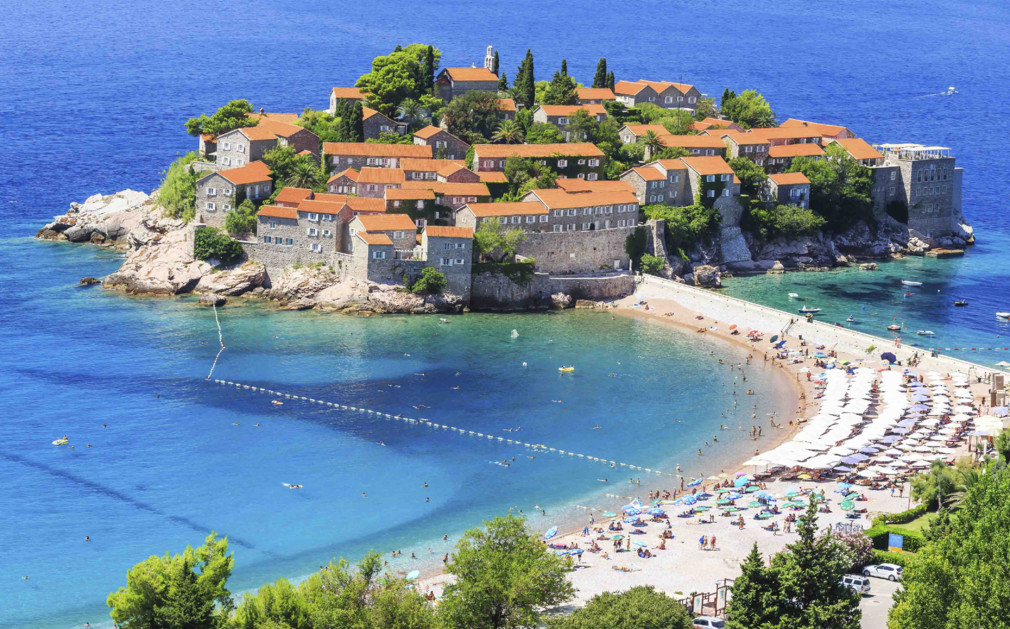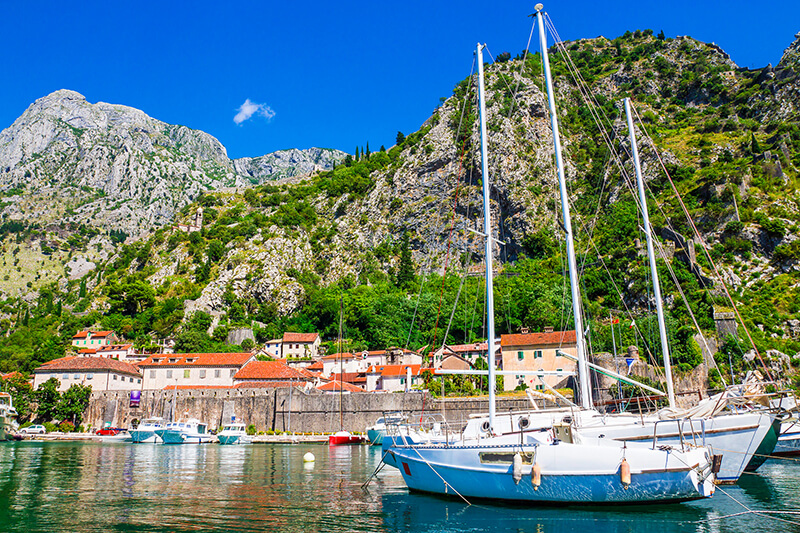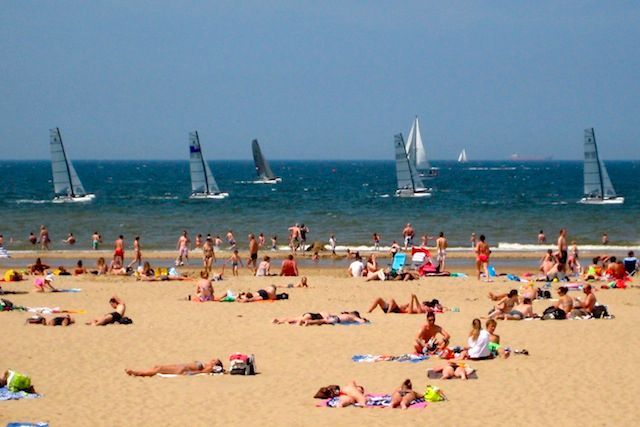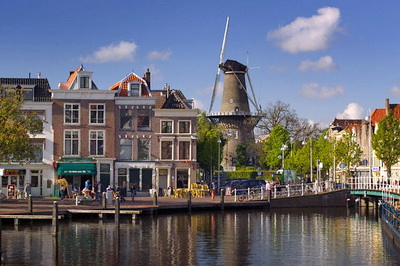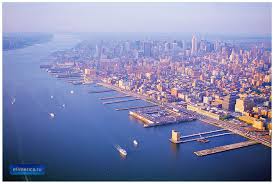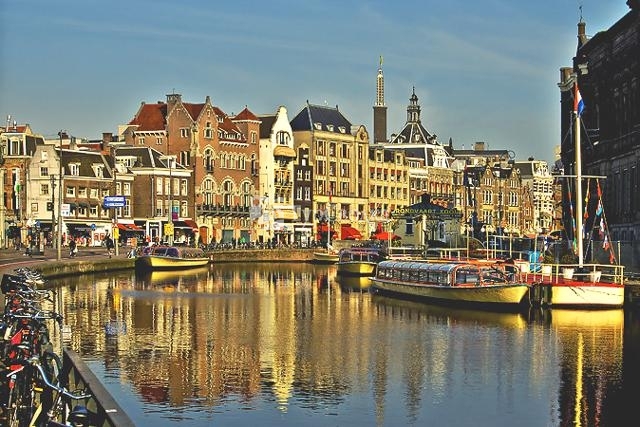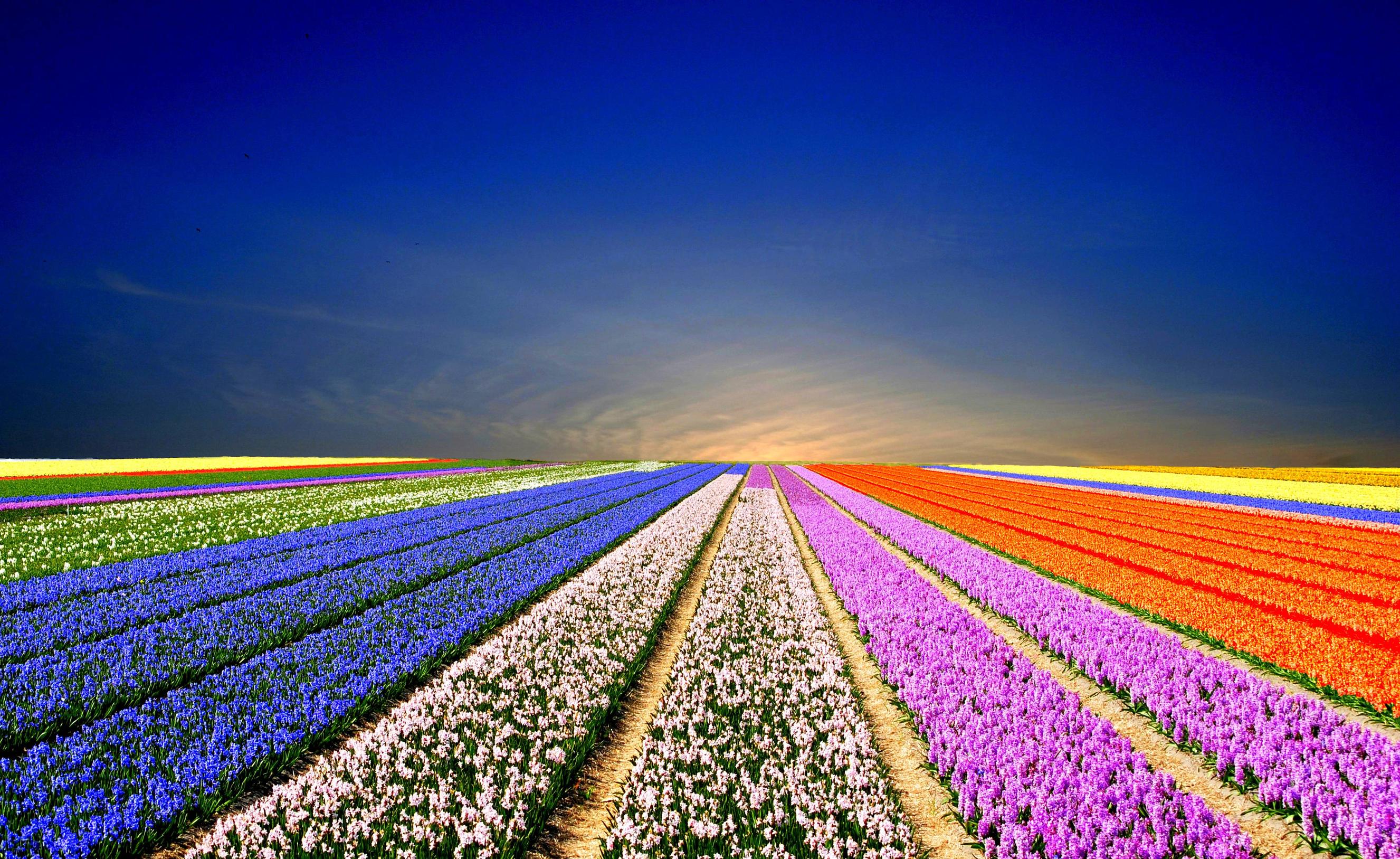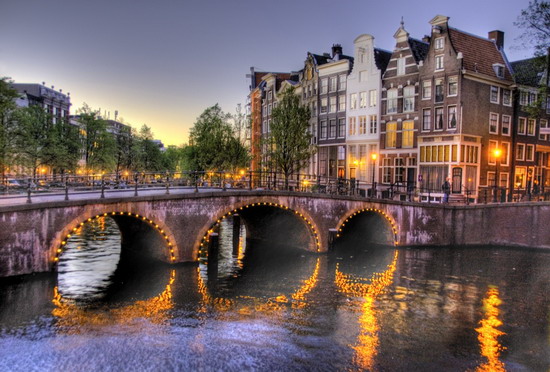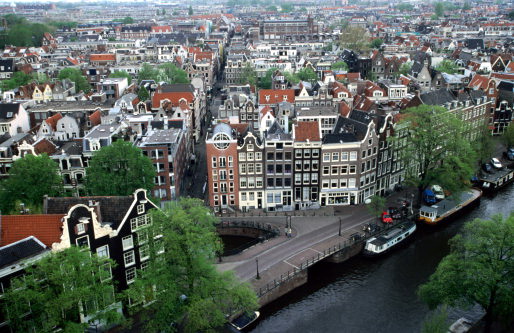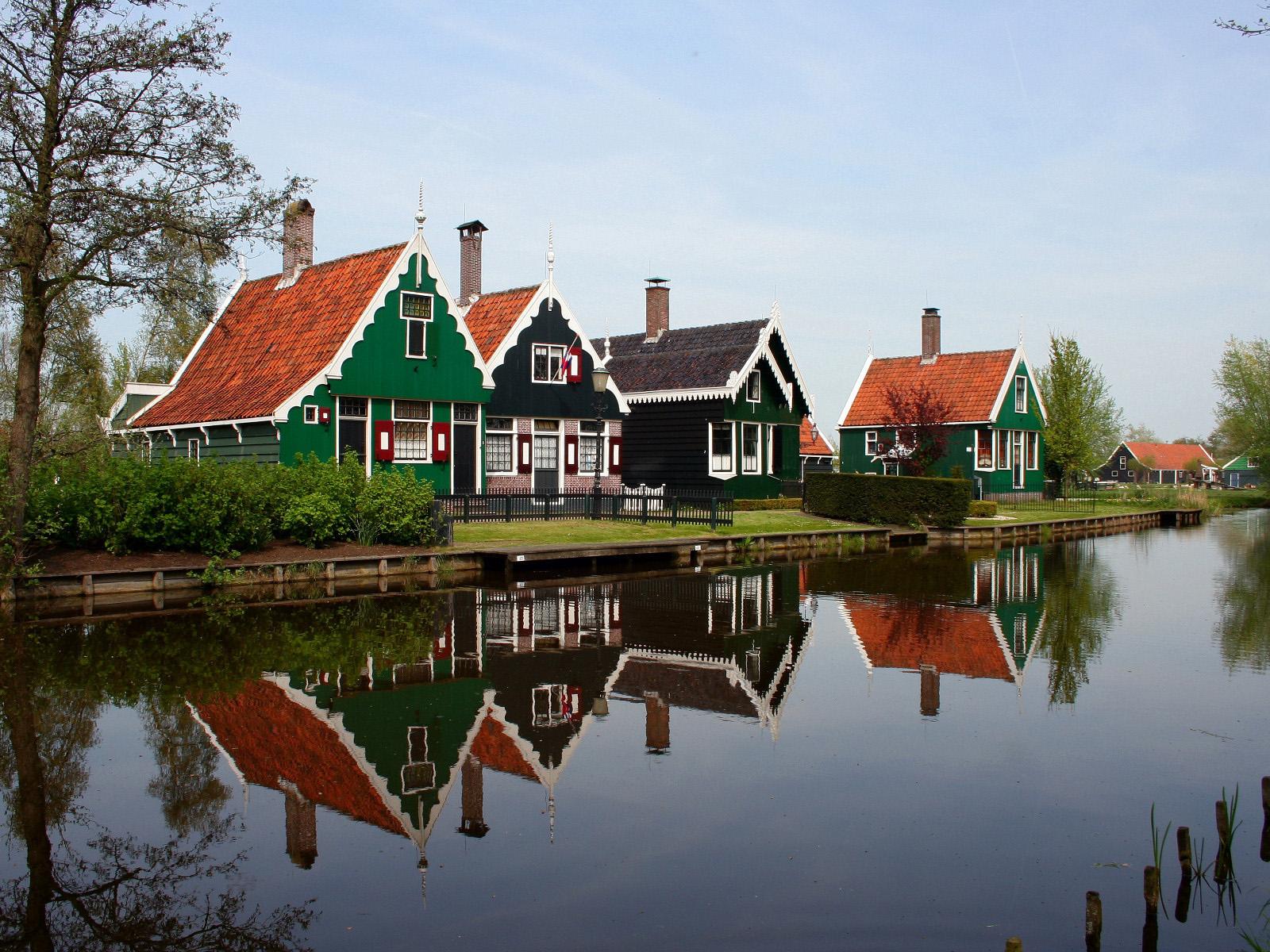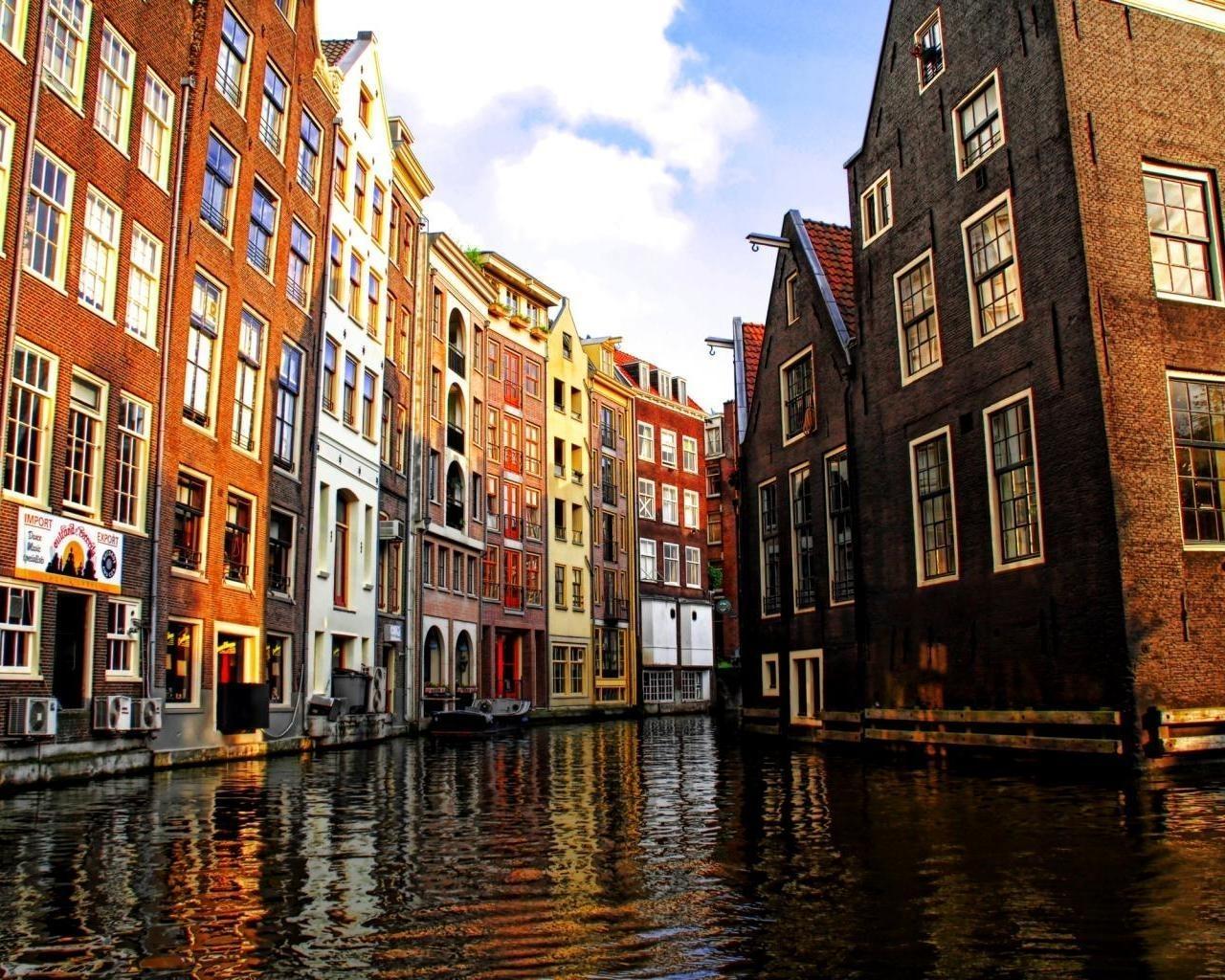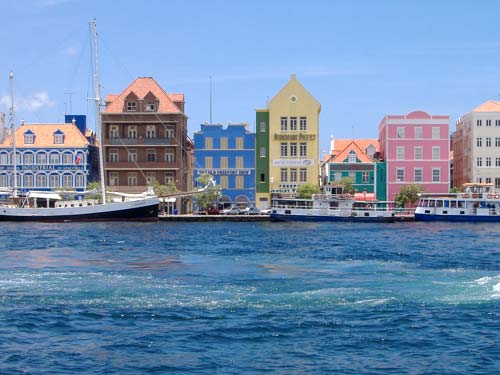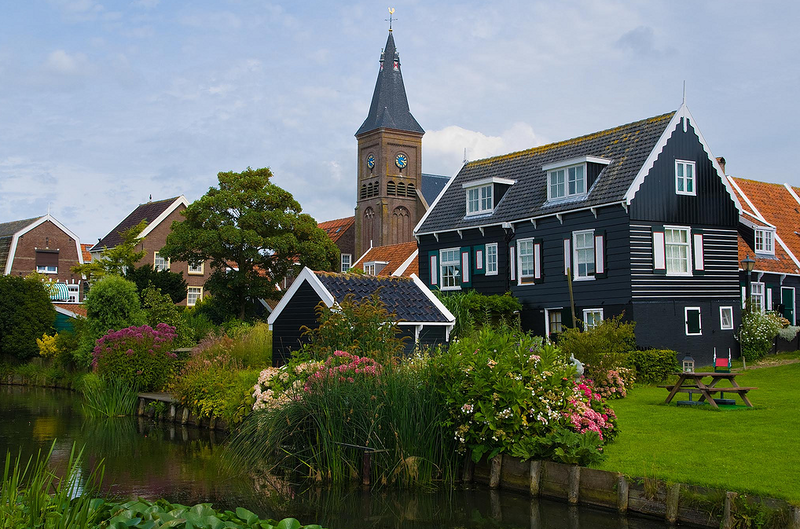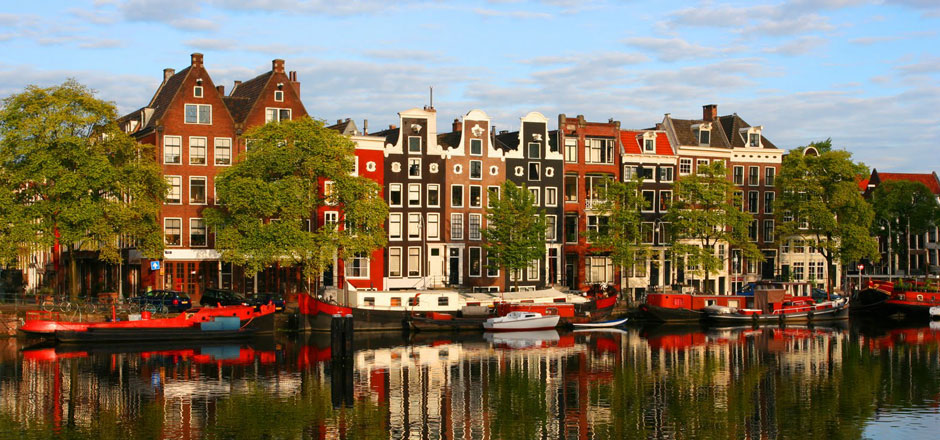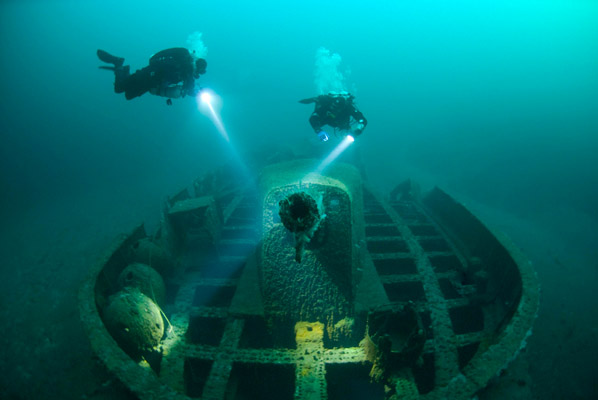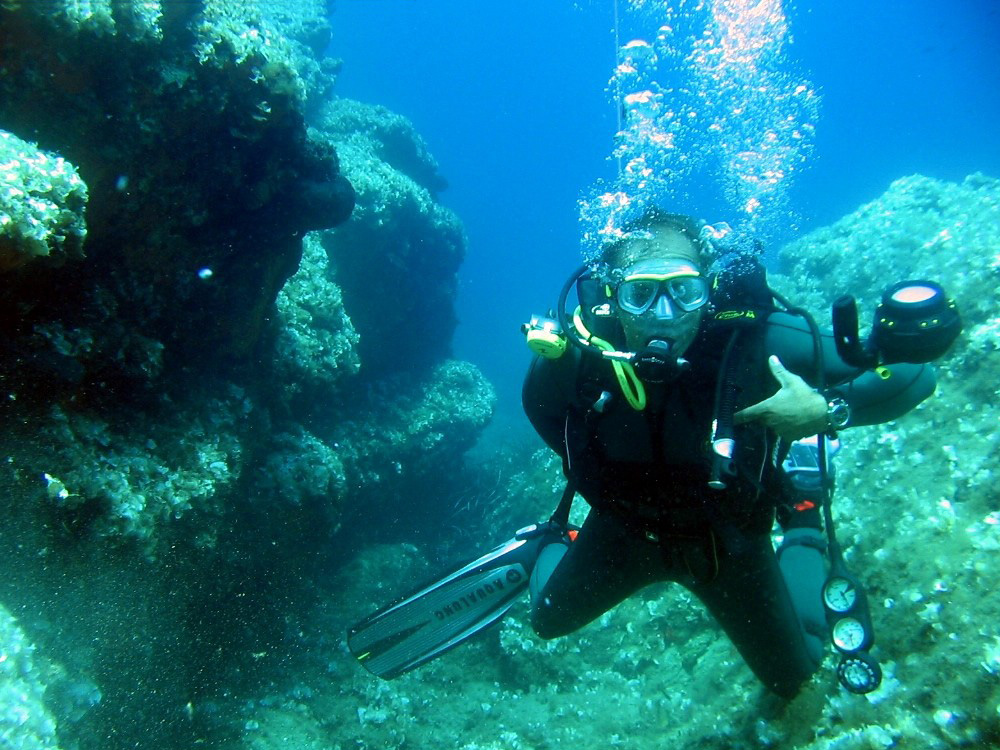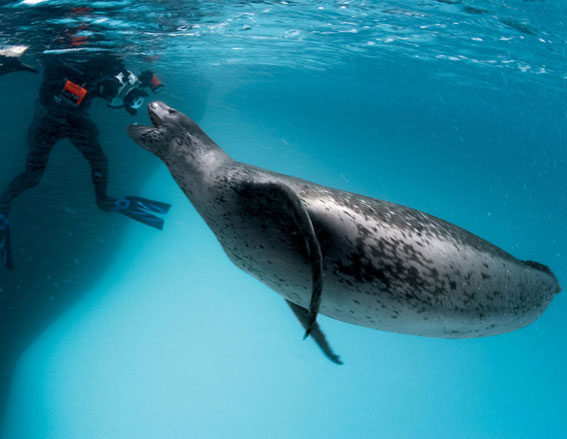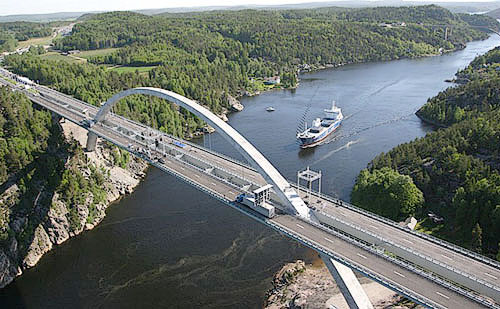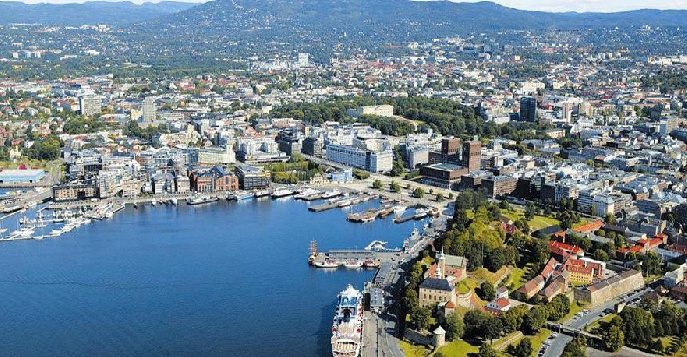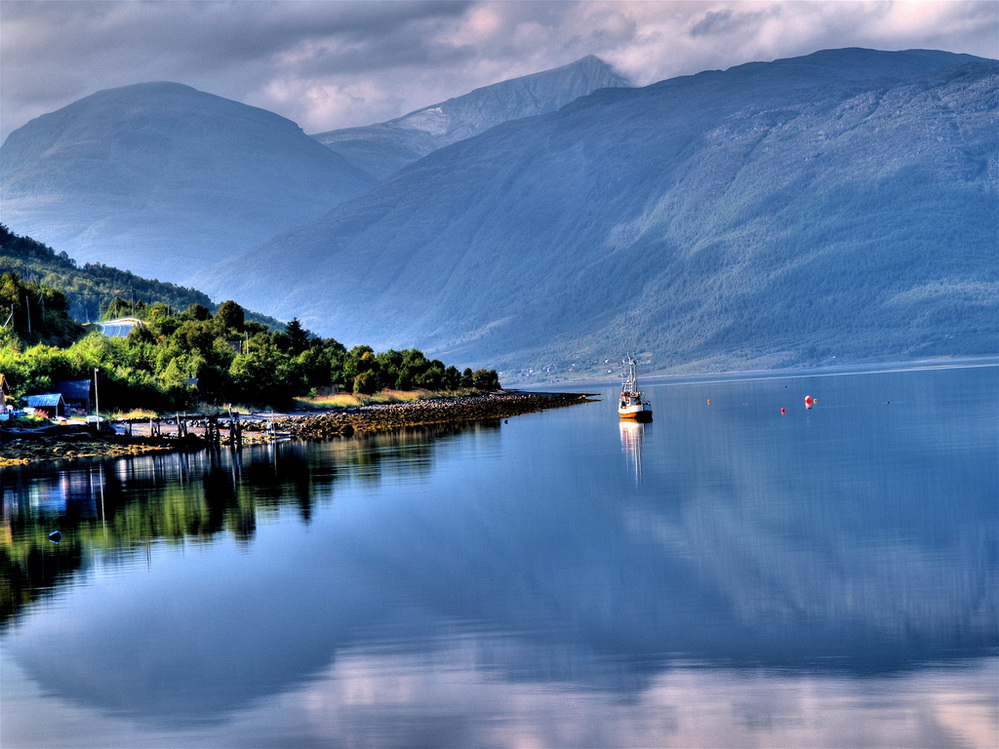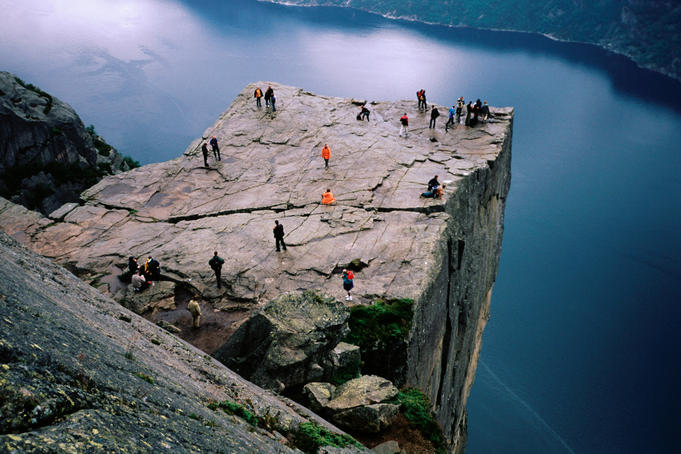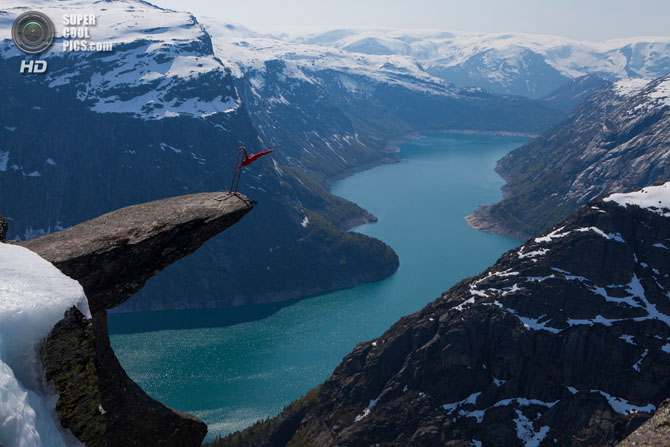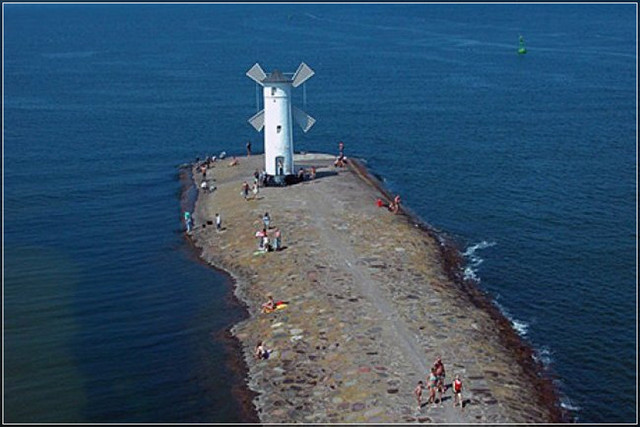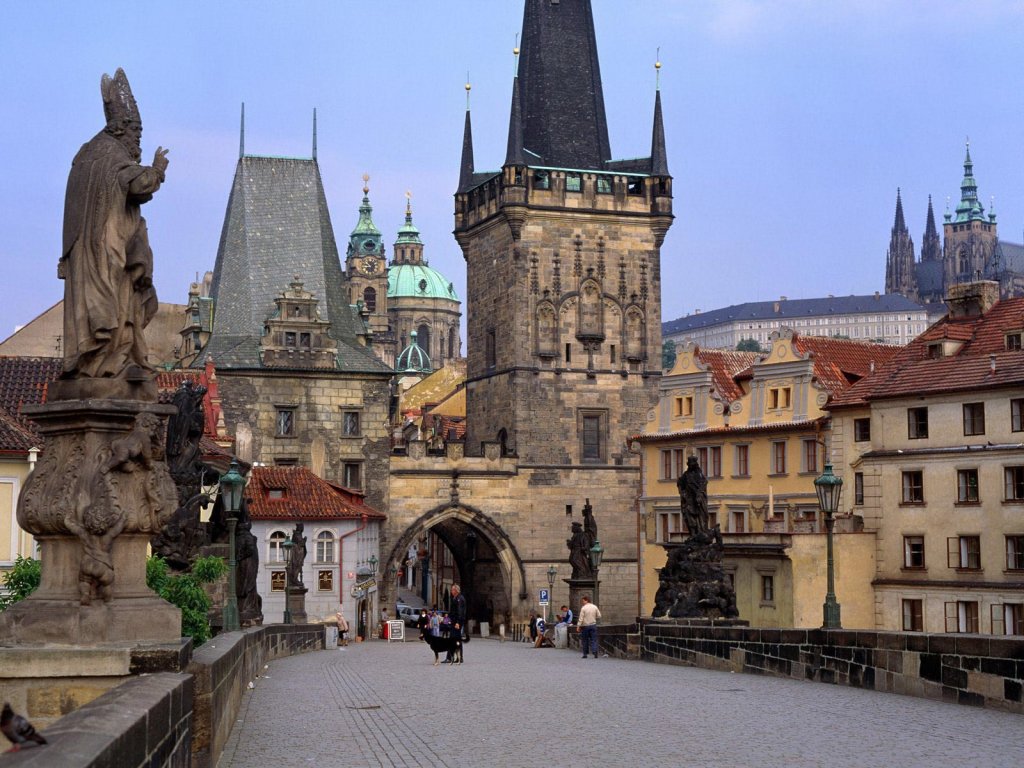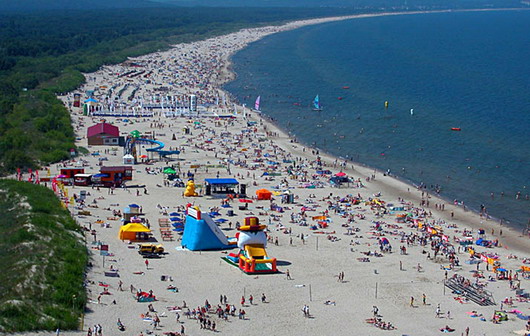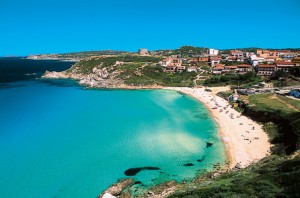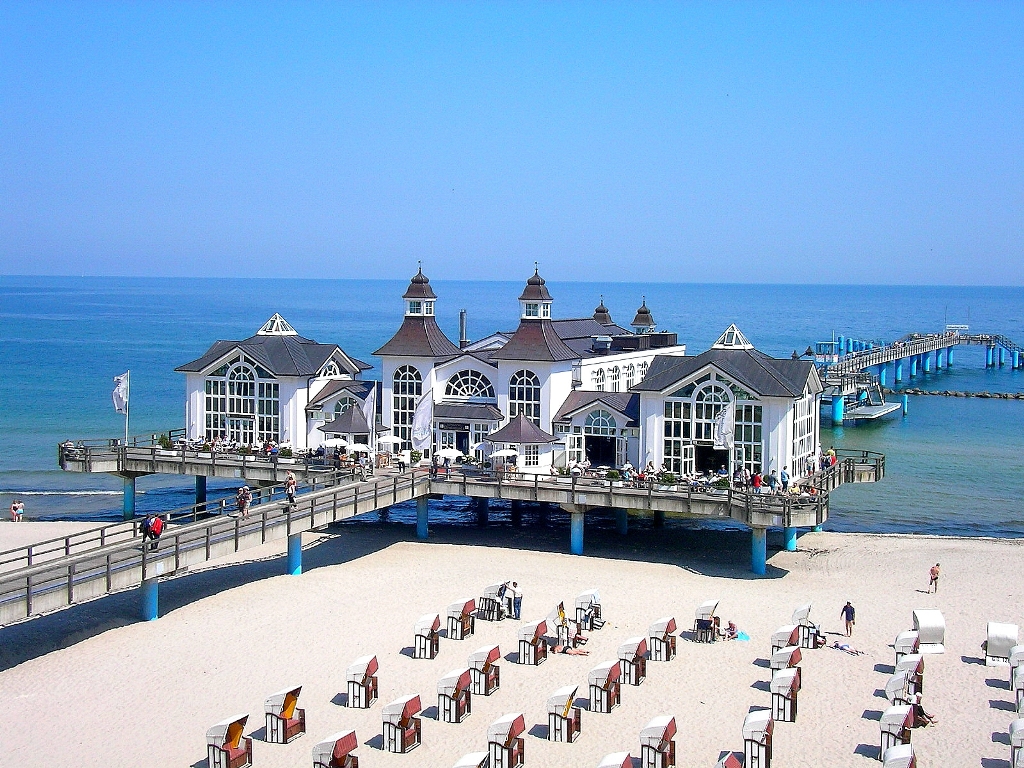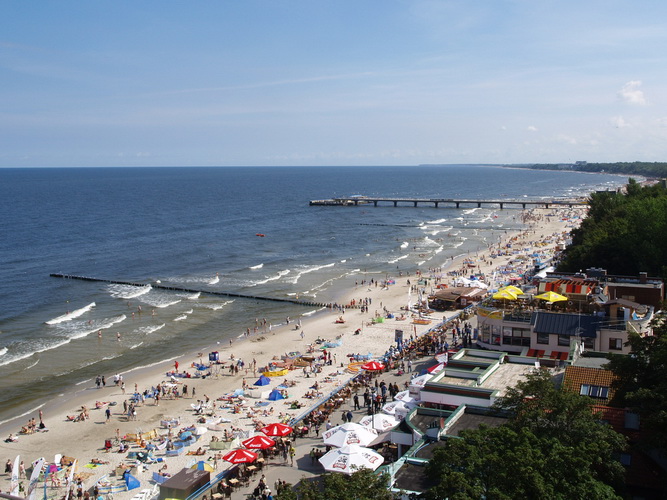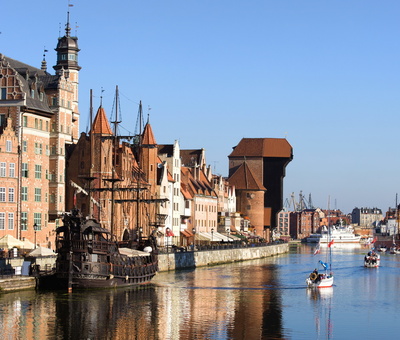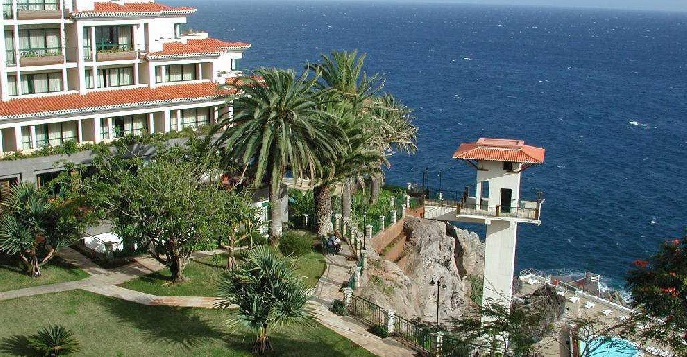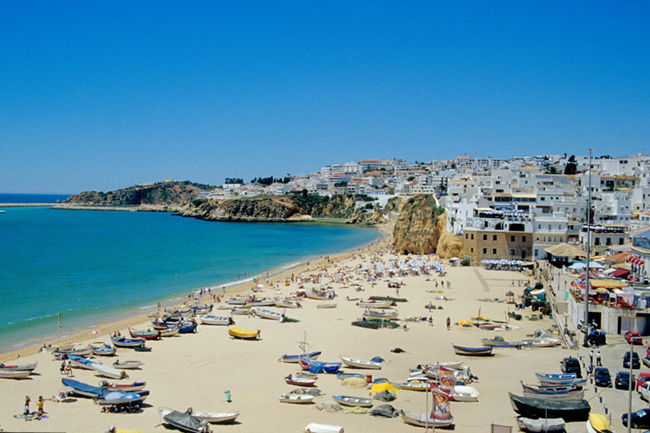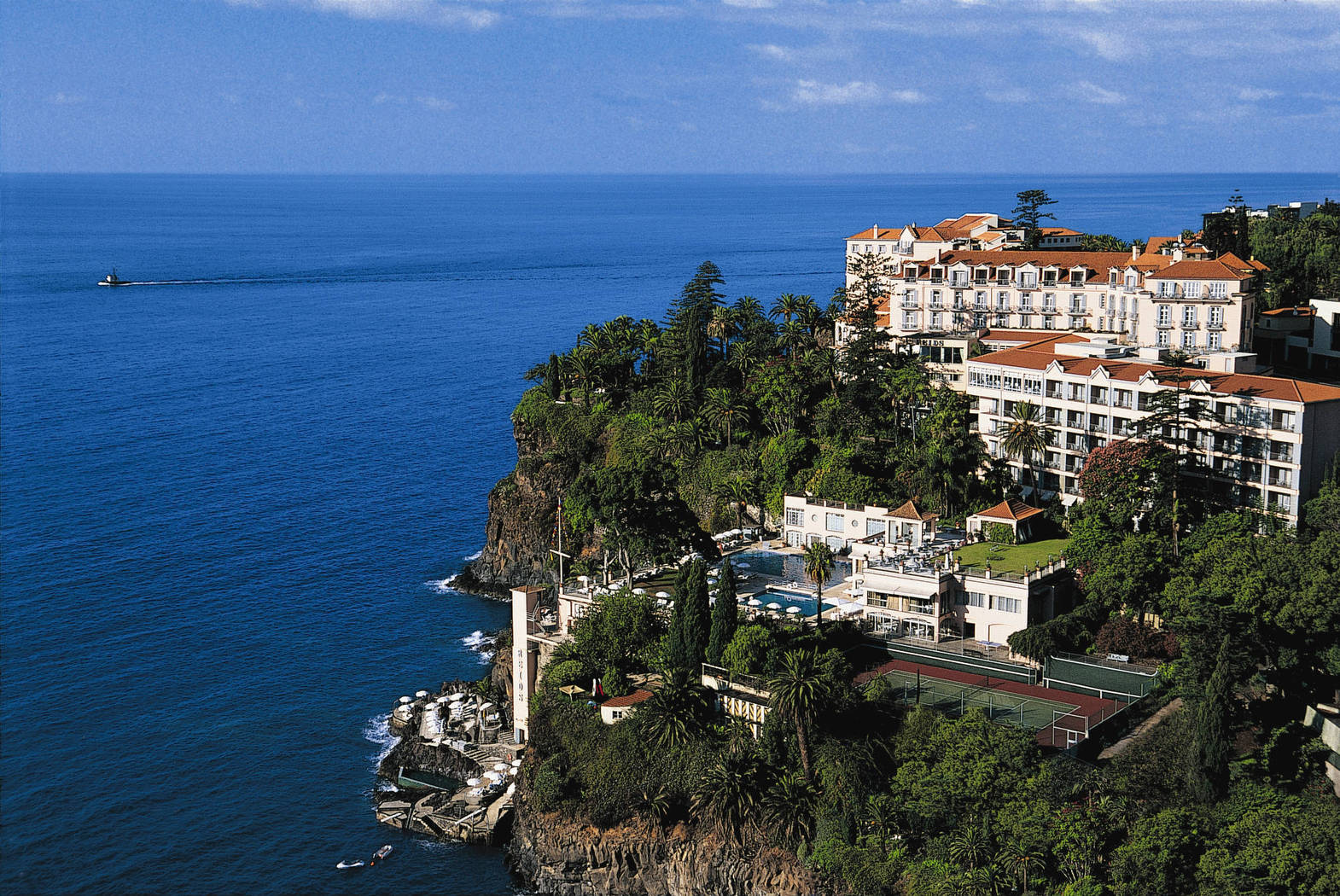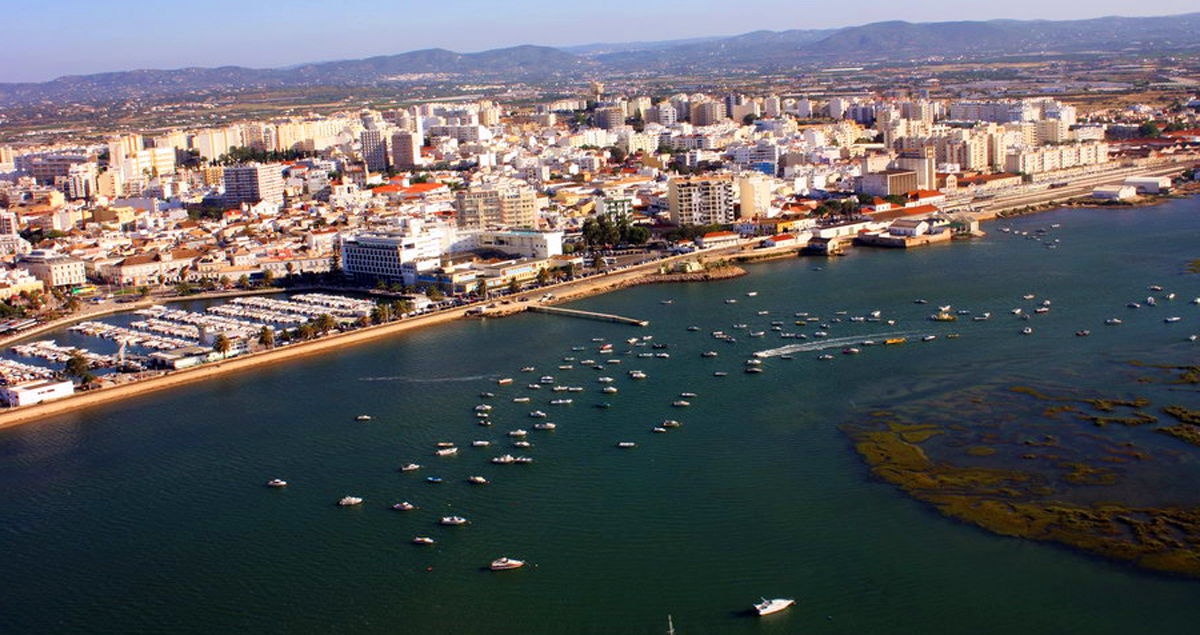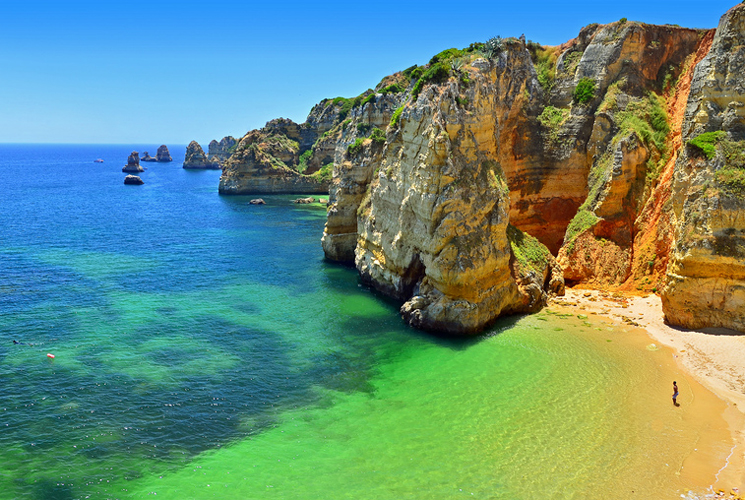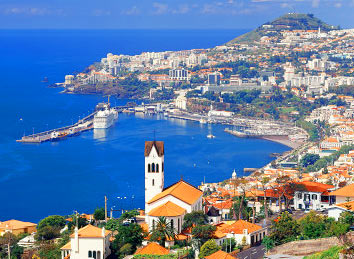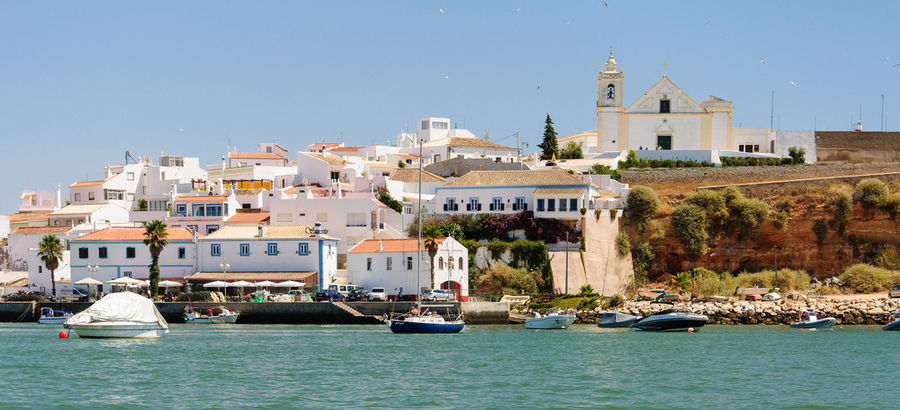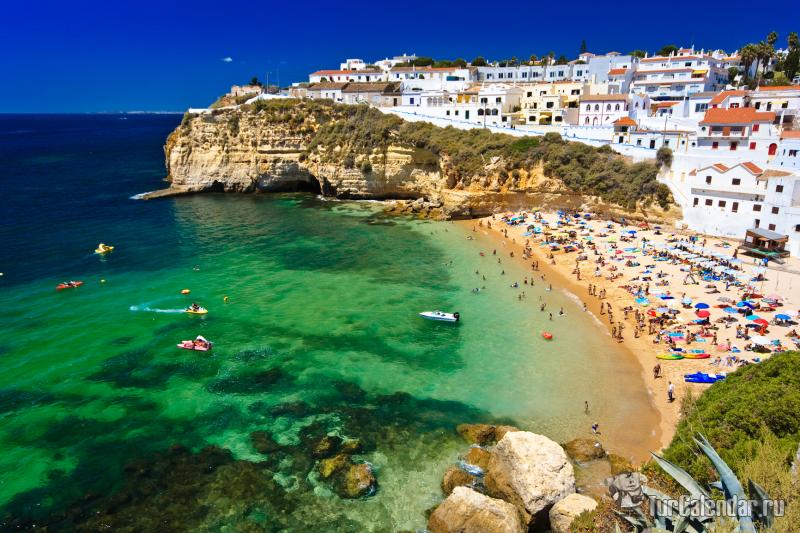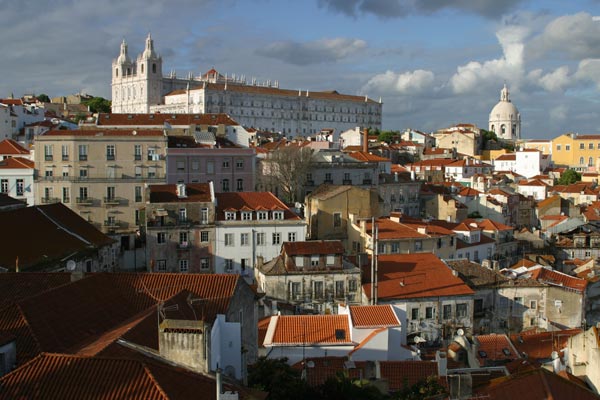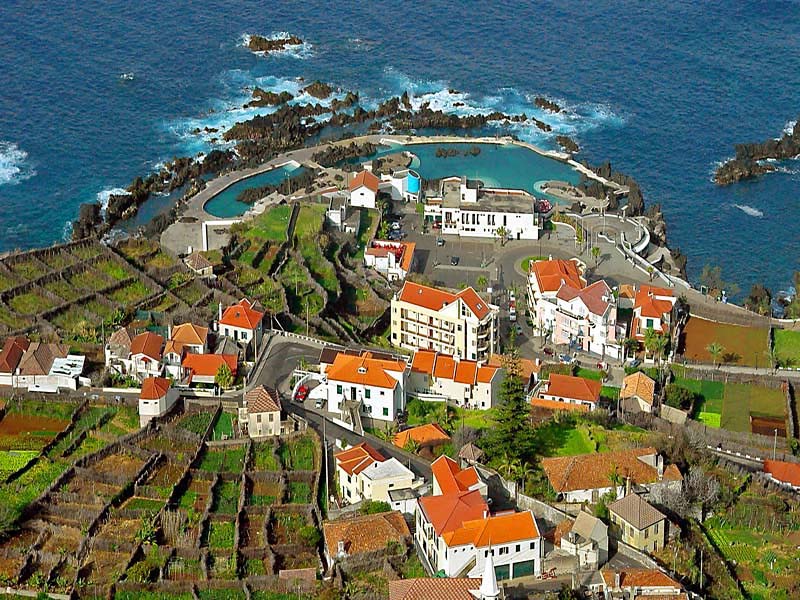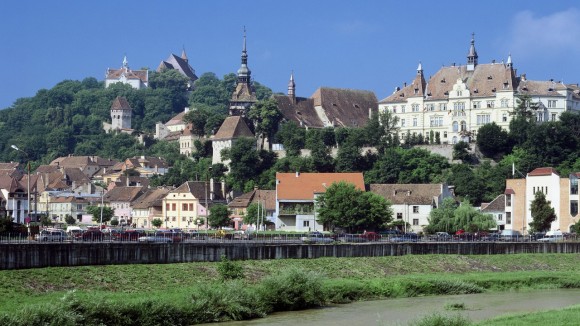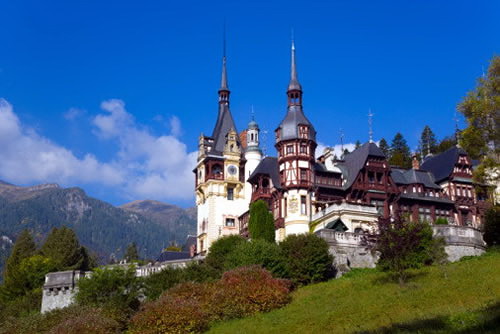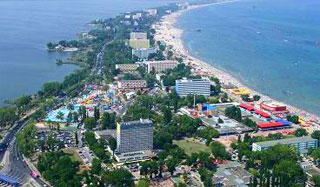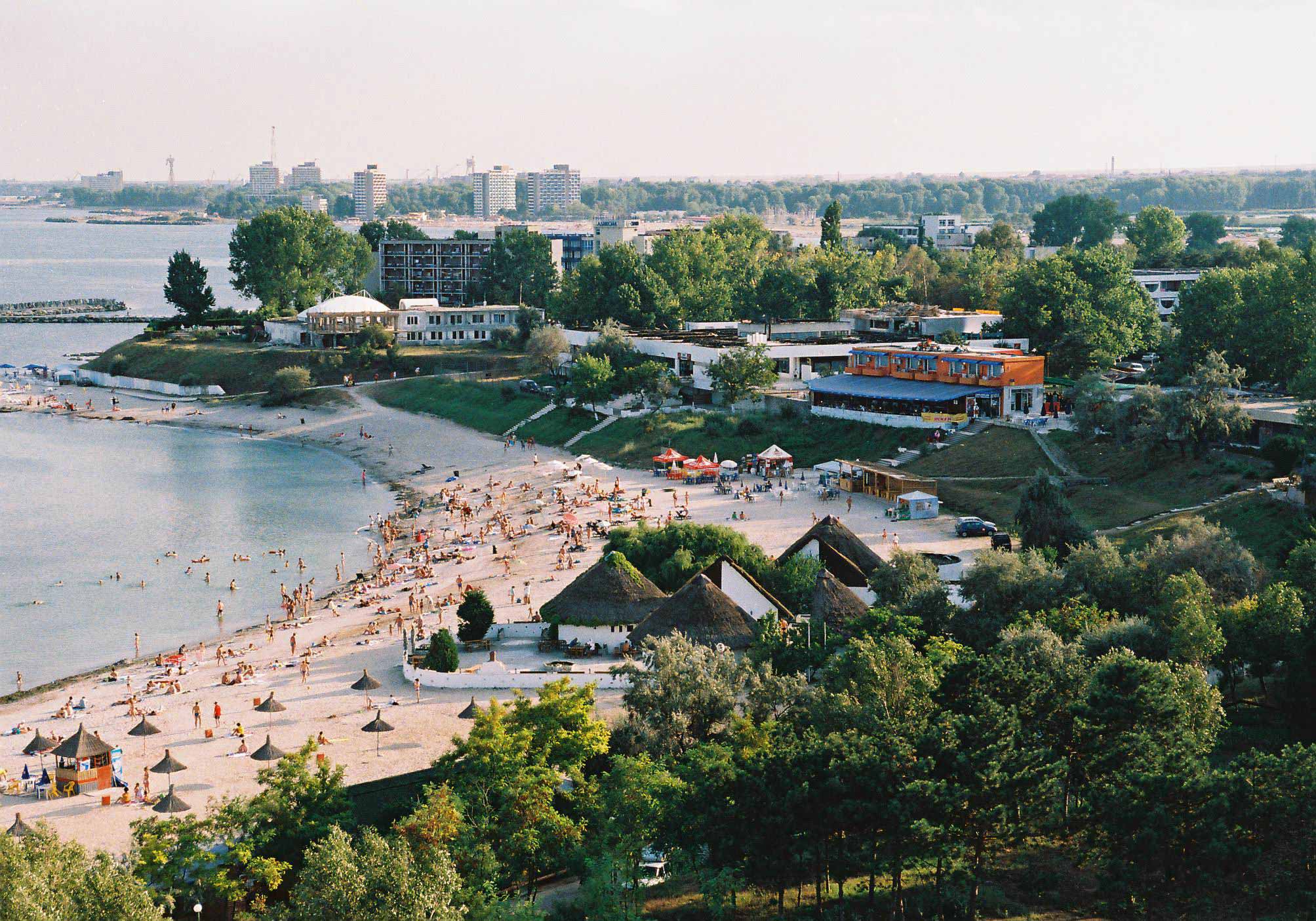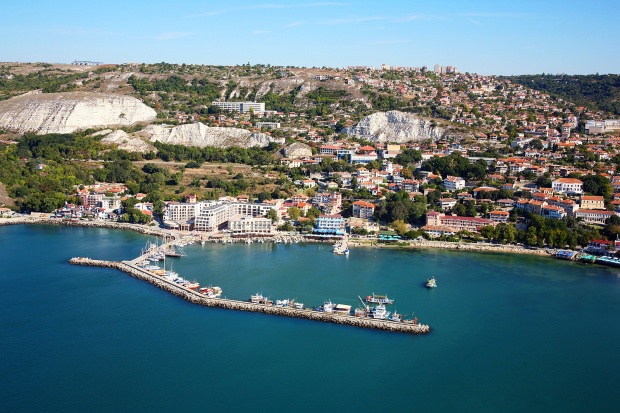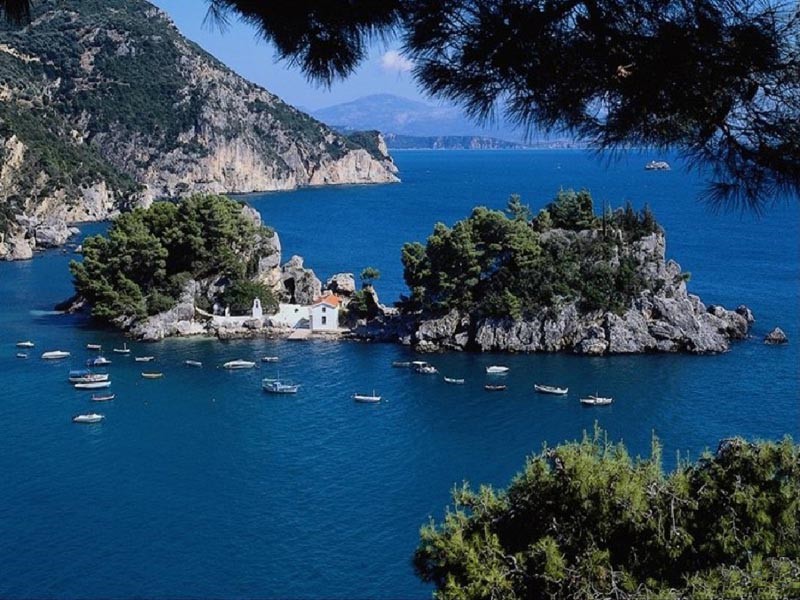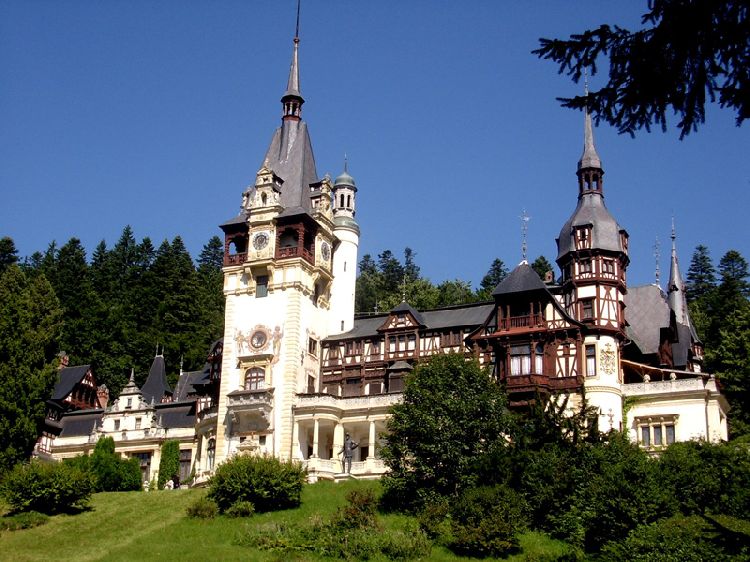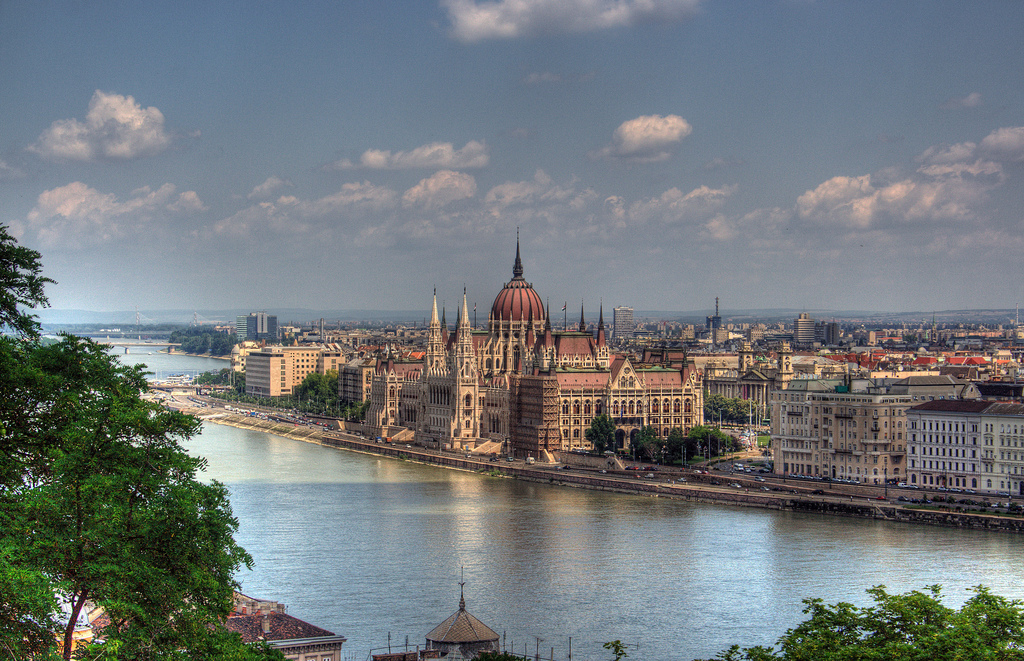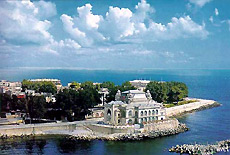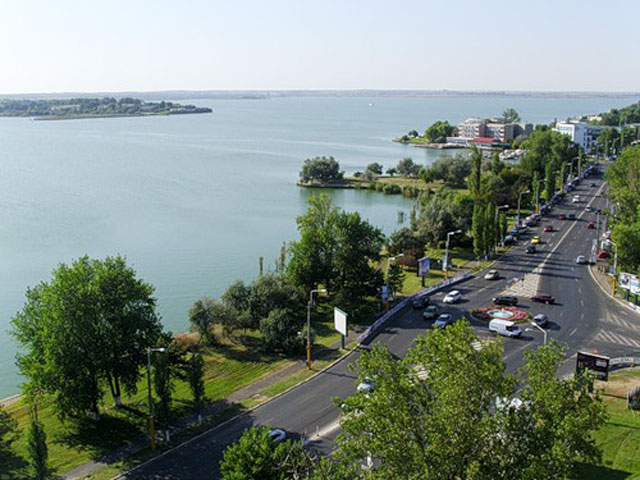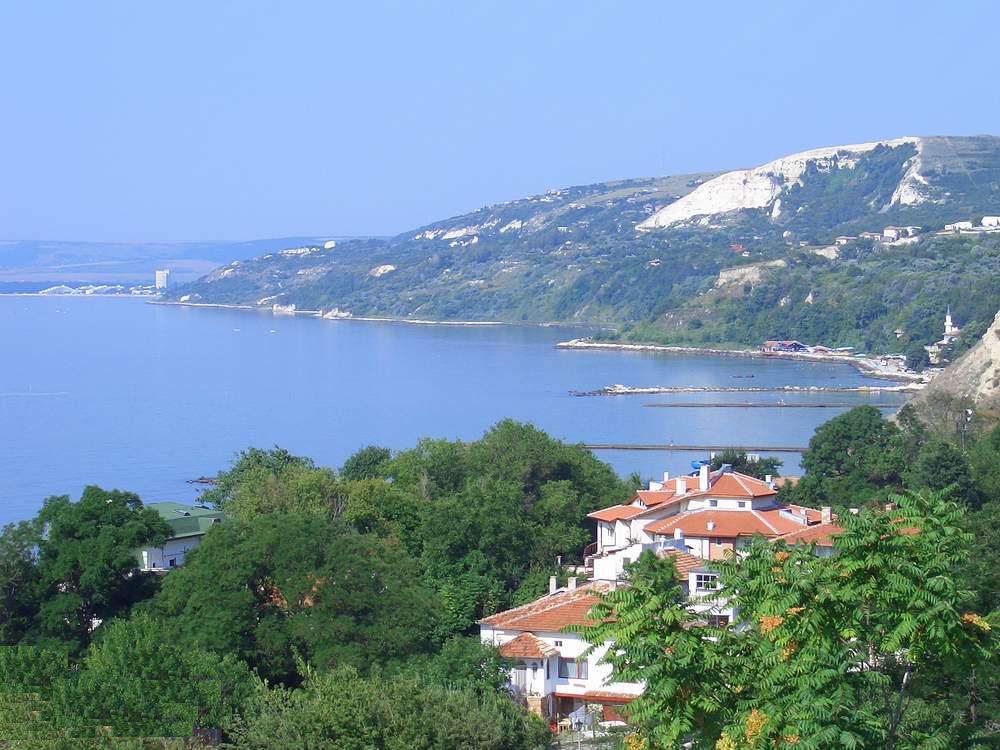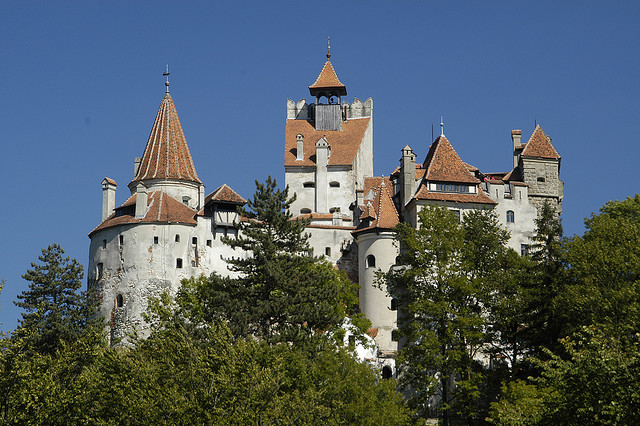Escape for the Weekend
Explore our collection of weekend
Luxembourg
The castle of Vianden; the Mullerthal; historic Luxembourg City; Lac de la Haute-Sûre with Villa of Lultzhausen, bridge of Lultzhausen and the Ruins of Liefrange.
Luxembourg is a country in Western Europe. Its nearest neighbours are Belgium to the west and north, Germany to the east, and France to the south. The area of the country is about 2,6 thousand square kilometers. There are three official languages there: English, French and Luxembourgish. The capital is Luxembourg. The national currency is the Euro.
The northern third of the country, sparsely populated, is covered with hills and low mountains; the southern two-thirds of Luxembourg are more diverse and consist of dense forests, low-lands and valleys.
The climate is oceanic with cool summers and mild winters.Luxembourg is a perfect holiday destination for those who seek peace and tranquility. Rural idyll, old medieval castles, high level of service and comfort await you in this tiny state.Tourism in Luxembourg is an important part of the national economy. Nearly one million people visit the country every year.
Many of tourists traditionally start their visit to the country with the capital, the historic Luxembourg City. It is a beautiful "two-storey city", built on a rock with deep ravines and long bridges. Here you can see the Palace of the Grand Dukes, the impressing Adolphe Bridge, connecting the edges of a picturesque ravine; the City Hall, the church of San Michele, built in the 10th century. Connoisseurs of history will be interested in visiting Bock casemates, a system of underground tunnels, whose construction started in 1644. During the Second World War, many people found refuge there.
The most popular tourist attractions also include the medieval castle of Vianden and Echternach with its abbey. Nature lovers will like the Mullerthal with its rocky cliffs and the mountainous Oesling district in the Ardennes.
In the northernmost city of the Grand Duchy - Clervaux, located on River Clerve bank, you will see medieval Gothic architecture, picturesque buildings of the famous abbey and the ruins of the knight's castle with a tower.
In Vianden, situated along the banks of the Ur, you can visit the house where Victor Hugo lived. The house was turned into a museum and holds some things and books that belonged to the great Frenchman. To the west of Vianden, at a dizzy height above the valley of the Sur, there is the Burshed Castle, the largest castle in Luxembourg built in XI-XVI centuries.
Do not forget to visit the National Park Upper Sur and luxurious vineyards, located in the river valley. There you will get an excellent opportunity to participate in wine tastings.
To see all the sights of Luxembourg, you can go hiking or biking, or take a short trip along the main water artery of the country - the Moselle River
Luxembourg Findel Airport (LUX).
The most popular diving place is Lac de la Haute-Sûre, an artificial fresh-water lake situated in north-western Luxembourg. When the river was dammed to form the lake in the 1960s, some historic buildings were submerged, and now they are perfect diving sites. The lake has a U-shape, with a maximal depth of 30 meters, and is ideal for training. Along the lake there are several dives sites:
Villa of Lultzhausen. The ruins of the villa are truly fascinating. It is situated near the town’s castle, which was built in 927.
Stone bridge of Lultzhausen, located at a depth of 30 meters.
Stone bridge of Insenborn, a rather impressive historic bridge. Its height is about 10 meters and it is situated at 30-meters depth.
and the Ruins of Liefrange. You can explore the fascinating remains of the submerged village, which is now inhabited by some small fish and crayfish.Macedonia
Kale fortress, Old Bazaar, St. Spas Church in Skopje; Samouil’s fortress in Ohrid; Mavrovo and Galichica national parks; underwater archaeological treasures of Lake Ohrid.
Macedonia is a country located in the central Balkan Peninsula in Southeast Europe. It is bordered by Kosovo, Serbia, Bulgaria, Greece, and Albania. The total area of the country is nearly 26 thousand square kilometers. The population is more than 2 million people. The country's capital is Skopje. The official language is Macedonian.
The national currency is the Macedonian denar. Though some purchases can be paid by euros, it’s better to have denars. You can exchange money in banks or exchange booths or use a card to get denars in an ATM.
Macedonia is a landlocked country, consisting of a central valley framed by mountain ranges. Macedonia’s climate is transitional from Mediterranean to continental.
Macedonia is a small country but it has many attractions.
On the territory of the country a lot of cultural monuments of antiquity and the Middle Ages have remained .In the capital, Skopje, you can see Kale fortress, Old Bazaar, St. Spas Church, Kurshumli An and many other things. In Ohrid, located on a shore of a beautiful lake, there is Samouil’s fortress and several amazing ancient churches.
For its fabulous nature Macedonia is often called the "country of lakes and mountains". Nature lovers will enjoy visiting national parks of Macedonia: Mavrovo, located on the slopes of Mount Korab; Pelister, an ideal place for hiking and climbing; and Galichica, that overlooks both large Macedonian lakes, Ohrid and Prespa. Gambler will be interested in the "Macedonian Las Vegas" – the Gevgelija region, where there are lots of five star hotels and casinos.
Alexander the Great Airport (SKP), Skopje
St.Paul the Apostle Airport" (OHD), Ohrid
Though Macedonia is a landlocked country, you can get an unforgettable diving experience in Lake Ohrid, which is often called a fresh-water sea of the country. The lake has the endemic forms of life, such as the Ohrid round sponge living at the depth of 35 meters. At the bottom of the lake you can find various archaeological treasures from IV millennia. The depth is 5-6 meters
Malta
What to see in Malta? Architectural and cultural monuments of Vallettaand Mdina; Mnajdra and Hagar Qim; wrecks the Polynesian, the Imperial Eagle, the HMS Stubborn, and the Karwela; the Santa Marija Caves; the Blue Hole; and Wied Iz Zurrieq.
Malta is a Southern European country located on an archipelago of a few islands in the Mediterranean Sea to the south of Sicily. The total area of the country is only 316 square kilometers with the population of 450 thousand people. The capital of the country is Valletta.
Malta has two official languages: Maltese and English.
The national currency is the Euro.
Malta has a Subtropical–Mediterranean climate with mild winters and very warm summers. The beach season continues from the end of April to the end of October. The terrain of the country mostly consists of rocky plains. The coastline has many cliffs and bays that are good harbors.
Malta is a very popular tourist destination – about 1.6 million people visit it every year. On a small territory of Malta there are a lot of beaches, historic sites, Neolithic temples, holiday resorts and places of entertainment. Distances are short and it doesn’t take much time to get from one tourist attraction to another. Those who want bigger concentration of sights can focus on Valletta, having about 320 historic monuments within an area of 55ha. Connoisseurs of medieval atmosphere will like Mdina with its narrow streets and fascinating old buildings. Those who are fond of more ancient history should see Mnajdra and Hagar Qim, prehistoric temples built between 3600BC and 2500BC. Malta gives a perfect opportunity to slow your pace of life, relax and enjoy the stunning views, rural tranquility, sunny beaches and turquoise sea.
Airports
Malta International Airport (MLA) is the only airport in Malta. It is located 5 km southwest of Valletta.
Diving in Malta
Malta is one of the most popular diving destinations in the Mediterranean, and this is explained not only by huge numbers of colorful marine inhabitants, but also by lots of interesting wrecks and extraordinary underwater landscapes.
The most interesting wrecks include the Polynesian, a 152-meter ship built in 1890 and sunk in 1918; the 257-tonn Imperial Eagle, near which you can see the famous statue of Jesus Christ raising his arms to the sky; the WWII bomber wreck, located at a depth of 42 meters; The HMS Stubborn, a British s-class submarine sunk in 1946; the HMS Maori wreck, located at a depth of 14 and inhabited by Flying Gurnard fish, Moray eels and octopuses; off Gozo Island you can see three wrecks close together: the double-ended car ferry Xlendi, the passenger ferry Karwela and a tourist boat Cominoland; the P29, sunk in 2007 and the Rozi, a 40 meter long tug boat, deliberately sunk in 1992.
Those who are interested in cave diving will like the Santa Marija Caves with their crystal clear water and max depth of about 10m; the coral gardens of the Blue Hole; the 80m long tunnel of the inland sea; the beautiful cove of Ghar Lapsi; an underwater cave in the Anchor Bay, inhabited by rockfish, starfish, moray eels, salemas and groupers and Wied Iz Zurrieq, where you will find caves, colourful sponges and many different species of fish.
The water visibility off Malta is great – about 30 meters.
Monaco
What to see in Monaco? Lavartto Beach; the Princess Grace Rose Garden; the Grand Casino; Saint-Martin Gardens; Cap Ferrat; the Robuste II wreck.
Monaco is an independent microstate, situated on the French Riviera in Western Europe. It has borders with France on three sides and washed by the Mediterranean Sea from the fourth side. The area of Monaco is a bit more than 2 square kilometers; it is the second smallest country in the world. Because of its small size there is no geographical distinction between the State and City of Monaco, where there are about 3 thousand residents. The capital is picturesquely situated on the rocky ridge of the Maritime Alps, and consists of historic buildings. Its location is truly breathtaking - on the one hand there are mountains and rocks, and on the other hand there is gorgeous azure sea!
The official language of the country is French.
Monaco has a warm Mediterranean climate.
There is no airport in Monaco. The nearest one is Nice International Airport (NCE), located 22km from Monaco. There is a direct bus service from Nice Airport to Monaco, and a helicopter service.
Monaco is a popular tourist destination and word famous recreation center. According to statistics about 5 million tourists come to this country every year. Despite its dime-size, it suggests many attractions.
One of the main tourist destinations is the Prince's Palace, built in the twelth century as a Genoese fortress guarding the new ownership of the republic. When Monaco got independence, it became the residence of princely family. Century after century, the fortress was rebuilt to meet changing defensive and aesthetic needs, which gave her a unique architectural character. The prince's family has been still living in the palace for more than 700 years already.
Another popular attraction of the country is the white-stone Monaco Cathedral (Cathedrale de Monaco), built in 1875. The cathedral is located on the site of the old church of the XIII century. The Princes of Monaco, their wives and daughters are buried here.
Near the cathedral there is the Oceanographic Museum - pride of Monaco. The museum is one of the largest centers of ocean study in Europe. Here you will see perfect specimens of marine shells and corals, a collection of navigational instruments, ship models and nautical charts.
On the ground floors of the museum there are numerous aquariums with interesting underwater inhabitants. Marinarium, with 90 sea water pools inhabited by nearly 4 thousands of fish and marine animals from almost all the seas and oceans, impresses everyone.
Connoisseurs of architecture will also like the Monte Carlo Opera Theatre - a gorgeous building, designed by architect Charles Gagne, the founder of the Paris Opera. The repertoire of the theatre consists of six operas per season.
Those who are fond of cars can visit the classic cars exhibition of personal collection of His Highness the Prince of Monaco. This impressive exhibition includes more than a hundred of cars.
One of the most popular attractions of Monaco is its Casino - a kind of European Las Vegas. During its long history the casino was visited by the English King Edward VII and Sir Winston Churchill, the Egyptian king and hundreds of other celebrities.
You can also bask on clean and safe Lavartto Beach; enjoy beautiful flowers at the Princess Grace Rose Garden, which contains more than 180 varieties of roses; relax at the serene Saint-Martin Gardens; take a panoramic flight over the country and watch the world-famous Monaco Grand Prix Formula One race (which is held right in the streets of Monte Carlo).
Diving in Monaco
The most famous diving center of Monaco is Ecole Bleue, which offers scuba diving to people from all ages and skill levels. It is open from May till September for children, and open the whole year for adults.
The favourite local diving spot is Cap Ferrat, which is only around 10 minutes by boat from Monaco. It is a small, rocky peninsula on Villefranche Bay. It is an ideal place for beginners, as it is protected from the wind and waves of the open sea.
Away from the shore you can take up good deep diving, with steep walls and drop-offs. The marine life in these warm and clear waters is diverse and prolific. Here you can meet sunfish, octopus, barracuda, eels and lobster, and watch colorful corals.
Conoiseours of wreck diving can explore the Robuste II, a steam tug boat sunk just off the coast in World War Two.
Montenegro
Montenegro is a sovereign state in Southeastern Europe. It has a coast on the Adriatic Sea to the southwest and is bordered by Croatia to the west, Bosnia and Herzegovina to the northwest, Serbia to the northeast, Kosovo[a] to the east, and Albania to the southeast. Its capital and largest city is Podgorica, while Cetinje is designated as the Old Royal Capital.
Montenegro is a sovereign state in Southeastern Europe. It has a coast on the Adriatic Sea to the southwest and is bordered by Croatia to the west, Bosnia and Herzegovina to the northwest, Serbia to the northeast, Kosovo[a] to the east, and Albania to the southeast. Its capital and largest city is Podgorica, while Cetinje is designated as the Old Royal Capital (prijestonica).
In the 9th century, three Serbian principalities were located on the territory of Montenegro: Duklja, roughly corresponding to the southern half; Travunia, the west; and Rascia, the north.[9][10][11] In 1042, archon Stefan Vojislav led a revolt that resulted in the independence of Duklja from the Byzantine Empire and the establishment of the Vojislavljević dynasty. After passing through the control of several regional powers and the Ottoman Empire in the ensuing centuries, it became a part of the Kingdom of Yugoslavia in 1918, which was succeeded by the Socialist Federal Republic of Yugoslavia in 1945.
After the breakup of Yugoslavia in 1992, the republics of Serbia and Montenegro together established a federation as the Federal Republic of Yugoslavia, although its status as the legal successor to Yugoslavia was opposed by other former republics and denied by the United Nations; in 2003, it renamed itself Serbia and Montenegro. On the basis of an independence referendum held on 21 May 2006, Montenegro declared independence on 3 June of that year. It was officially named Republic of Montenegro until 22 October 2007.
Classified by the World Bank as an upper middle-income country, Montenegro is a member of the UN, NATO, the World Trade Organization, the Organization for Security and Co-operation in Europe, the Council of Europe, the Central European Free Trade Agreement and a founding member of the Union for the Mediterranean.
| City served | ICAO | IATA | Airport name |
|---|---|---|---|
| International | |||
| Podgorica | LYPG | TGD | Podgorica Airport (Golubovci Airport) |
| Tivat | LYTV | TIV | Tivat Airport |
| General aviation | |||
| Berane | LYBR | IVG | Berane Airport (Dolac Airport) |
| Nikšić | LYNK | Nikšić Airport (Kapino Polje Airport) | |
| Podgorica | LYPO | Ćemovsko Polje Airport | |
| Žabljak | ZBK | Žabljak Airport |
You can visit TOP 8 dive sites in Montenegro: wrecks Tihany and Patrolac, caves Slatka pećina and Posejdonov grad, cavern Krekavica, reefs Galiola and Donkova seka , vertical tunnel Sirena hole.
Netherlands
What to see in the Netherlands? Keukenhof; Hoge Veluwe National Park; windmills of the River Noord; Valkenburg Castle; marine life of the Grevelingen and Oosterschelde; the Vinkeveense Plassen.
The Netherlands is a small country, lying mainly in Western Europe, but also including three islands in the Caribbean. The European part of the Netherlands borders Germany, Belgium, and is washed by the North Sea. The capital of the Netherlands is Amsterdam.
The official language is Dutch, but English is also widely spread.
The national currency is the euro.
About a third of the Netherlands’ territory is below sea level. Most part of the country is flat, except some low hills in the center and in the far southeast.
The country has a moderate maritime climate, with cool summers and mild winters.
This rather small country has a lot of touristic attractions. Though some tourists concentrate on seeing Amsterdam with its great amount of museums and art galleries, wonderful canals and amazing architecture; there are very many other breathtaking places in the Netherlands.
In a unique open-air museum "Openlyuhtmuzeume" you can get acquainted with the traditions of Netherlands' rural architecture. You will see original farm houses, windmills (an essential part of the Dutch landscape), cow farms and Dutch national costumes.
In Leiden you can visit the National Museum of Antiquities and the history of science, a wooden church DSE-Houhlan Kirk, the protestant church Piterskerk and the Ethnographic Museum.
In the center of Haarlem there is the picturesque Grote Markt, surrounded by medieval buildings, the Town Hall, and Saint Bavo Church. And near the city you can admire the endless flower fields.
The main tourist attractions in Maastricht are the city gates, philistine buildings of Old Town, the town hall, and gorgeous narrow streets and bridges of the city.
In Groninger, known for its churches, you can see the remains of a Roman settlement, the Nieuwe Kerk cathedral, the church of Saint Martin and the city library, where the New Testament, translated into Latin, is exhibited.
On the outskirts of Lisse there is the Garden of Europe, Keukenhof, the largest public garden in the world, which boasts more than seven hundred varieties of tulips. Another reign of natural beauty is Hoge Veluwe National Park (the largest national park of about twenty existing in the country). On the River Noord between Rotterdam and Dordrecht you can still see the eighteenth-century windmills. Connoisseurs of history will like Valkenburg Castle, Kasteel De Haar, the ruins of the twelth-century castle on Dwingelrots and the 14th-century Saint Nicolaaskerk Basilica. Those who are interested in engineering will want to see the Delta Works, basically hi-tech dams which control the amount of water entering from the North Sea.
The Netherlands are very popular among water sports enthusiasts. You will find here great opportunities for surfing. The most popular surf beach is Domburg, the surfing season lasts from May to September.
Hiking and cycling are a part of the image of the Netherlands, and cycling is the most popular form of recreation. Everywhere you can see bicycle lanes and parkings. Renting a bike is possible in any city of the Netherlands.
Airports
Amsterdam Airport Schiphol (AMS)
Eindhoven Airport (EIN)
Rotterdam The Hague Airport (RTM)
Diving in the Netherlands
The Netherlands has a lot of opportunities for recreational diving: a long coastline, interesting hydraulic waterworks, and lakes and rivers all over the country.
For wreck divers the Netherlands is a real treasury as there are over 10,000 shipwrecks from huge freight ships to war ships along the North Sea coast, though not all of them are within recreational diving limits. Moreover, North Sea diving suits only advanced divers because of its rough currents.
Divers can also explore the Grevelingen and Oosterschelde, estuaries separated from the sea by dams. It is said that the marine life is more abundant than in the Mediterranean Sea. Here you can meet lobsters, hermit crabs, flounders and even sea horse.
There are many little diveable lakes in the Netherlands, among which the Vinkeveense Plassen is probably the best known. This lake are up to 55 meters deep and consists of one water body with 12 sandy islands scattered around.
Norway
What to see in Norway? The Lofoten Islands; aurora borealis; Bryggen; glaciers and waterfalls of the Jotunheimen National Park; Pulpit Rock; Skarberget wall; the DS Frankenwald wreck; the Saltstraumen; and the MV Seattle and the Donier 24 wrecks.
Norway is a northern country, located in the western part of the Scandinavian Peninsula and on Jan Mayen and the Arctic archipelago of Svalbard. It has borders with Sweden, Finland and Russia. Norway is washed by the Norwegian Sea, the North Sea, the Barents Sea and the Skagerrak Strait. The 5-million population of Norway occupies the territory of 385 thousand square kilometers. The capital of the country is Oslo. The official language is Norwegian and Sami languages.
The national currency is the Norwegian krone. Hotels, city taxis, shops and most restaurants accept credit/debit cards.
Most of the country is covered by mountains and high lands. Major part of rocky wilderness is unpopulated and has been converted into national parks, due to which Norway can boast of practically unspoiled nature. Characteristic feature of Norwegian landscape is fjords, the longest of which, Sognefjorden is 204 kilometers long.
Norwegian climate is softened by the Gulf Stream. The most pleasant weather conditions are in summer.
Rough beauty of Norway attracts a lot of people every year. The most popular attractions include: the Lofoten Islands, whose razor-sharp peaks make them look like a sea dragon; aurora borealis, which can be seen from October to March away from bright cities; colorful wooden buildings of Bryggen, the oldest quarter of Bergen; the Jotunheimen National Park, covering more than a thousand square kilometers, where you will find deep lakes, plunging waterfalls, 60 glaciers and hundreds of hiking routes; Pulpit Rock, cliff that juts out more than 600 meters above Lysefjord; Ålesund, the home base for Norway’s largest cod-fishing fleet, situated on a fishhook-shaped peninsula. Beside that in Norway you can see the authentic Sami culture, go dog-sledding and watch wildlife animals, such as polar bears (in Svalbard only), Arctic foxes, reindeer.
Airports
Oslo Airport (OSL) is the main international airport in Norway, situated 35 kilometers northeast of Oslo.
Moss Airport, Rygge (RYG) is an international airport, located 10 kilometres outside Moss and 60 kilometres outside Oslo.
Bergen Airport, Flesland (BGO) is the second-busiest international airport in Norway, located at Flesland in Bergen.
Stavanger Airport, Sola (SVG) is an international airport located 11 km southwest of Stavanger.
Trondheim Airport, Værnes (TRD) is an international airport located 19 km from Trondheim.
Diving in Norway
In clear Norwegian waters you will find abundant marine life, numerous wrecks and exciting underwater landscapes. Here you can take up usual diving, wall-diving, wreck-diving and much more. You can even swim with killer whales near the Lofoten Islands beyond the Arctic Circle. Off the islands’ coast there is rich fish life, kelp forests, and exciting wreck dives. Those who like wall-diving can try Skarberget wall, a steep wall with plenty of overhangs and crevices to explore.
While diving in the Norwegian fjords you can watch various sea inhabitants in a man-made reef created by the sinking of the DS Frankenwald, a 400ft-long German cargo steamer, sunk in 1940 in Sognefjord.
You can also have one of the most spectacular drift dives on the planet in the Saltstraumen, the world’s fastest (about 40 km per hour) tidal current, whose oxygen rich fresh water is inhabited by many marine species.
In Narvik and Sorlandet you have an opportunity to explore some interesting wrecks from the Second World War.
The most famous Norway’s wrecks are the MV Seattle, a 140-meter German cargo ship, sunk in 1945 and located at a depth of between 20 and 60 meters; and the Donier 24, a German fighter plane, located at 50 meters from the beach at Topdalenfjord.
Poland
the ancient Cathedral of St. John the Baptist in Wroclaw; the impressive Nazi cruise ship "Wilhelm Gustloff" and naval ship "Breeze" lying on the bottom of the Baltic Sea; and the picturesque lakes of Warmia and Mazury.
Poland (the Republic of Poland) is an Eastern European country, the northern boundary of which is washed by the waters of the Baltic Sea. The nearest neighbors are the Czech Republic, Germany, Belarus, Slovakia, Ukraine, Kaliningrad region of Russia and Lithuania. Poland also has maritime borders with Sweden and Denmark.
The country is considered to be a real tourist discovery, offering its guests a wide range of entertainments, including mountain holidays, sailing and rafting, a variety of classic spa programs, and a lot of breathtaking nature and legendary historical sites, more than a dozen of which are included in the list of World Heritage Sites. Poland is also known as the birthplace of Nicolaus Copernicus.
The climate of Poland is temperate continental changing into maritime.
In the country’s capital, Warsaw, which is very rich in mystical gothic churches and ancient buildings, do not miss the chance to see a sample of exquisite national architecture Royal Castle, located in the Palace Square; the magnificent Belvedere Palace and Lazienki Palace and the famous Radziwill Palace, where the first concert of the young Chopin took place. In the homeland of Copernicus, the town of Torun, it is worth seeing an impressive gothic complex, named UNESCO a monument of international importance; a bit frightening architectural fancy of Polish architects, the “leaning” Krzywe Wieże; original churches of St. Jacob, the Virgin Mary and St. John, where there is a huge bell of the 16th century, called the "Trumpet of the Lord"; as well as the military fort and the Toruń Centre for Astronomy. Connoisseurs of cultural and historical heritage will be glad to visit the County Museum, located in the gothic Town Hall, and the Museum of Art of the Far East.
In the oldest Polish town of Wroclaw you can admire the ancient Cathedral of St. John the Baptist built in the Gothic style; the church of St. Martin, St. Idzi's Church, St. Bartholomew’s Church, Church of the Holy Cross, and the inclined tower of the Chapter. Tourists are also attracted by the National Historical Museum, as well as by the baroque building of Wroclaw University, with its sumptuous Leopoldinsky hall. In Lodz you can see the Jewish cemetery, which is considered to be the largest in Europe; the Cathedral of the Holy Kostka; and the Museum of History and Art. The city museums Gdynia await those who want to learn the history of the country in all details, and lovers of ancient architecture can visit the temple of the 10th century and the Golden Chapel, which contains the monuments of the first Polish kings in the city of Poznan.
The national currency is the Polish zloty.
International airports in Poland
• John Paul II International Airport Kraków–Balice (KRK), Krakow
• Katowice International Airport (KTW), Katowice
• Łódź Władysław Reymont Airport (LCJ), Lodz
• Warsaw-Chopin Airport (WAW), Warsaw
• Rzeszów-Jasionka Airport (RZE), Rzeszow
• Bydgoszcz Ignacy Jan Paderewski Airport (BZG), Bydgoszcz
• Poznań–Ławica Henryk Wieniawski Airport (POZ), Poznan
• Gdańsk Lech Wałęsa Airport (GDN), Gdansk
Diving in Poland
Diving in Poland, as well as virtually any other diving in the so-called European style, is rather specific and better suits experienced underwater "wolves" who are able to appreciate in deep-water diving not only warm water and excellent visibility of the Caribbean Sea, but also the rough and cold beauty of freshwater lakes and ponds that are plentiful in this country.
However, things can't be all that bad. Not very good visibility and low temperature of the water is quite compensated by a lot of underwater beauties, which include interesting wrecks of the Baltic Sea, like the famous Nazi cruise ship "Wilhelm Gustloff", of a very impressive size, which later played role of a training ship and sunk in the port of Gdynia, Gotenhafen in 1945 after an attack of a Soviet submarine. According to unofficial reports, the ship sunk with more than nine thousand people aboard, including about five thousands of children. This tragedy of a global scale still worries minds of underwater adventure seekers, drawing to the 45-meter-deep ship's location more and more divers. Many wrecks are situated in the Baltic Sea near the town of Hel. In the Puck Bay you will find a deliberately sunken naval ship "Breeze", the remains of which are located at a depth of 15 meters in two hundred meters from the shore.
In Poland diving in the picturesque lakes of Warmia and Mazury is very popular. Here there is the deepest of Masurian lakes – the hundred-meter Lake Hancza, where you can swim with pikes, burbots, perches, minnows and crayfish, as well as to see an old sunken rowboat, located at a depth of 30 meters. You will also like the area of Olsztyn, where you will find quality lake diving.
Portugal
What to see in Portugal? Whales, hot springs and fantastic underwater landscapes of the Archipelago of the Azores; wines and architecture of Madeira; Obidos; Sintra; Evora; the Bowbelle wreck; the T-reef national park; the U-boat U1277 wreck.
Portugal, officially the Portuguese Republic, is a country in southwest Europe, located on the Iberian Peninsula and two archipelagos in the Atlantic Ocean: the archipelagos of Madeira and the Azores. It is bordered by Spain and washed by the Atlantic Ocean. Portugal has the total area of 92 thousand square kilometers and the population of nearly 10.5 million people. The capital of the country is Lisbon. The official language is Portuguese.
The national currency is the Euro.
Portugal’s terrain is mountainous in the north and flat in the south. The climate of the country is Mediterranean. Portugal is said to be one of the warmest European countries.
Portugal is famous for a great variety of picturesque landscapes. Within one day you can travel from alpine pastures to emerald tropical plains, and from sunny islands to the mainland. The most popular tourist attractions are located in the historic center of Portugal.
You can start your acquaintance with this country from the archipelagos. On the Archipelago of the Azores, consisting of 9 volcanic islands, you can watch whales, relax in hot mineral springs and walk along the streets of tranquil seaside towns. Madeira is a real paradise for those who are fond of green landscapes, refined architecture and good wine. Then let’s visit Lisbon, situated on the banks of the Tagus River; Obidos, encircled by a medieval fortified wall; Sintra with its amazing palaces and castles; Porto, famous for its perfect port wine; Evora, possessing more than 4,000 historic monuments; Aveiro, called “the Venice of Portugal” and then let’s bask in the sun on gorgeous beaches of the Algarve.
Airports
Lisbon Portela Airport (LIS), the main international gateway to Portugal and a major European hub.
Francisco Sá Carneiro Airport (OPO), an international airport near Porto, a base for easyJet, Ryanair, TAP Portugal and Portugália.
Faro Airport (FAO) located 4 km from Faro.
Madeira Airport (FNC), an international airport in the Portuguese archipelago of Madeira.
João Paulo II Airport (PDL), an international airport located on the island of São Miguel, in the Portuguese archipelago of the Azores.
Diving in Portugal
More than 2 thousand kilometers of coastline, 8 marine reserves and 12 islands make Portugal a very interesting diving place.
Off Santa Maria Island, the most southern island of the Azores, you can swim with whale sharks, explore underwater caves and tunnels and watch various marine species, such as groupers, hog-fish, moray eels and other. The volcanoes, created the Azores long time ago, also formed amazing underwater landscapes. You will find here various craters, caves and arches.
While diving off Madeira you will see lots of reefs, gullies, crevices and caves with abundant marine fauna and flora. At Madeira you can visit Garajau national park and T-reef national park, and explore one of the most popular wrecks – the Bowbelle, a 90 metre long sand-dredger, sunk in 1996.
The best-known wreck in Northern Portugal is the IIWW German U-boat U1277, deliberately sunk in 1945 and luing at a depth of 31m near Porto. Other interesting wrecks located here are the Tiber, a British steamboat sunk in 1847 off Porto; the Veronese, a British steamboat that sunk in 1913; the Barbosa, a Brazilian packet boat, sunk in 1934; the Vila do Porto, a Portuguese motor boat, sunk in 1955; the Jakob Maersk, an oil tanker that sank in 1975 and others.
The water visibility is up to 15 meters. The water temperatures range from 13 to 24ºC, which makes scuba diving in Portugal possible throughout a year, though the most comfortable time is from May to October.
Romania
Stavropoleos and Krotsulesku monasteries in Bucharest; the remains of the military destroyer "Moscow" and the Soviet submarine “Щ-213” in the port of Constanta; Lake Belize with a submerged village on its bottom.
Romania is a South-eastern European country, washed by the Black Sea from the south. The nearest neighbors are Serbia, Bulgaria, Ukraine, Hungary and Moldova. Most of Romania’s territory features a great variety of thermal and mineral springs, as well as freshwater lakes and salinas, among which a special place is occupied by the Razelm lakes. The natural wealth of Romania combined with the Carpathian ski resorts and the gentle Black Sea coast makes the country a perfect tourist destination. The climate of the country belongs is temperate continental with the transition to moderate maritime.
The capital of Romania, Bucharest, founded in the 15th century, combines the traditional influences of East and West, which gives it a completely unique flavor. It is worth seeing the Batanui Palace, the former residence of the Transylvanian princes; the majestic Patriarchal Cathedral of the 17th century; the picturesque St. Aaron Church; the old St George Cathedral; Stavropoleos and Krotsulesku monasteries and ancient monastic buildings Antim, Plumbuita and Mihai Voda.
Connoisseurs of culture can take a tour of the Village Museum and the Art Museum, while those who are fond of natural monuments will undoubtedly like the Botanical Garden and the scenic parks such as Chizhmidzhiu and Parcul Carol.
In the capital do not miss the chance to see the "city within a city" – the Old Bucharest, where there are a lot of exquisite architectural monuments. The most popular attractions include Cotroceni Palace, Konstakudilo, the Palace of Justice and the Royal Palace, as well as a real caravanserai Hanul lui Manuc and the grandiose Palace of the Parliament, the world’s second largest palace (after the legendary Pantheon).
One of the most visited places is the local history museum in the city of Alba Iulia, which has a rich exposition of antiquities. It is here the mysterious Terteriyskie letters were found. In Alba Iulia it is worth seeing such architectural monuments as the oldest Romanian Museum of the 18th century and the Cathedral, founded in the 2nd century and rebuilt in the Gothic style in the 15th century. In Dacia, the ancient valley of the Danube you will find many ancient cultural monuments, which make it a rather interesting destination.
The national currency is the Romanian leuInternational airports in Romania
• Arad International Airport (ARW), Arad
• Baia Mare Airport (BAY), Baia Mare
• Aurel Vlaicu International Airport (BBU), Bucharest
• Henri Coandă International Airport (OTP), Bucharest
• Transylvania International Airport (TGM), Targu-Mures
• Traian Vuia International Airport (TSR)
• Cluj Avram Iancu International Airport (CLJ), Cluj-Napoca
• Craiova International Airport (CRA), Craiova
• Mihail Kogălniceanu International Airport (CND), Constanta
• Oradea International Airport (OMR), Oradea
• Satu Mare International Airport (SUJ), Satu Mare
• Sibiu International Airport (SBZ), Sibiu
• Stefan cel Mare International airport (SCV), Suceava
• Iasi International Airport (IAS), Iasi
Diving in Romania
Romania provides very good opportunities deep-water diving. In this country you can experience not only familiar traditional diving in the waters of the Black Sea, characterized by rich marine flora and fauna, but also specific freshwater diving in Romanian lakes, featuring fairly low water temperature and high transparency of water. The combination of such dissimilar ways of diving attract to Romania an impressive number of divers.
The most popular place for diving is located on the south coast of the Black Sea, all the beaches of which have the EU Blue Flag, which means that they fully meet European quality standards and are able to satisfy any diver. Deep-water diving in the coastal waters of the Black Sea, which are characterized by the absence of dangerous critters and unpredictable currents will bring peace and tranquility to a diver's rebellious heart. Here you can enjoy all the delights of relaxed thoughtful diving and leisurely watch such inhabitants of the deep sea as crabs, clams, jellyfish, sea horses and dolphins. Underwater visibility is up to six meters.
Off the Black Sea coast there are several wrecks of particular interest. For example, in the port of Constanta you can see the remains of the once formidable military destroyer "Moscow", located at a depth of about 40 meters; and the flooded during the Second World Soviet submarine “Щ-213”, which is located at a depth of 30 meters in ten kilometers from the Romanian coast.
Connoisseurs of freshwater diving like Lake Belize, spontaneously appeared after the dam construction. Earlier, on the site of the lake there was a village with an old chapel, which was flooded to create a dam. Now only the tip of that chapel can be seen in the lake. Visibility of water in Belize is quite good, even according to the most experienced divers, and reaches approximately 15 meters. However, the water temperature is low, even in summer.
